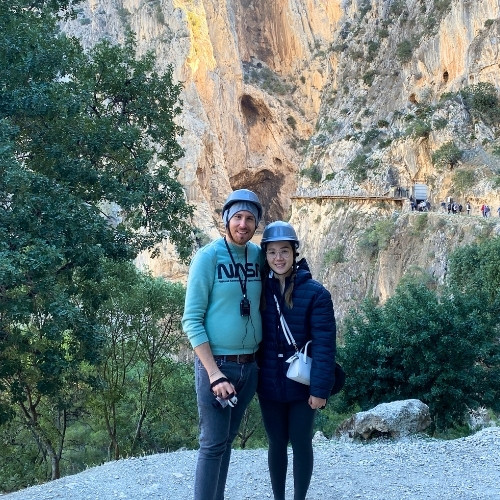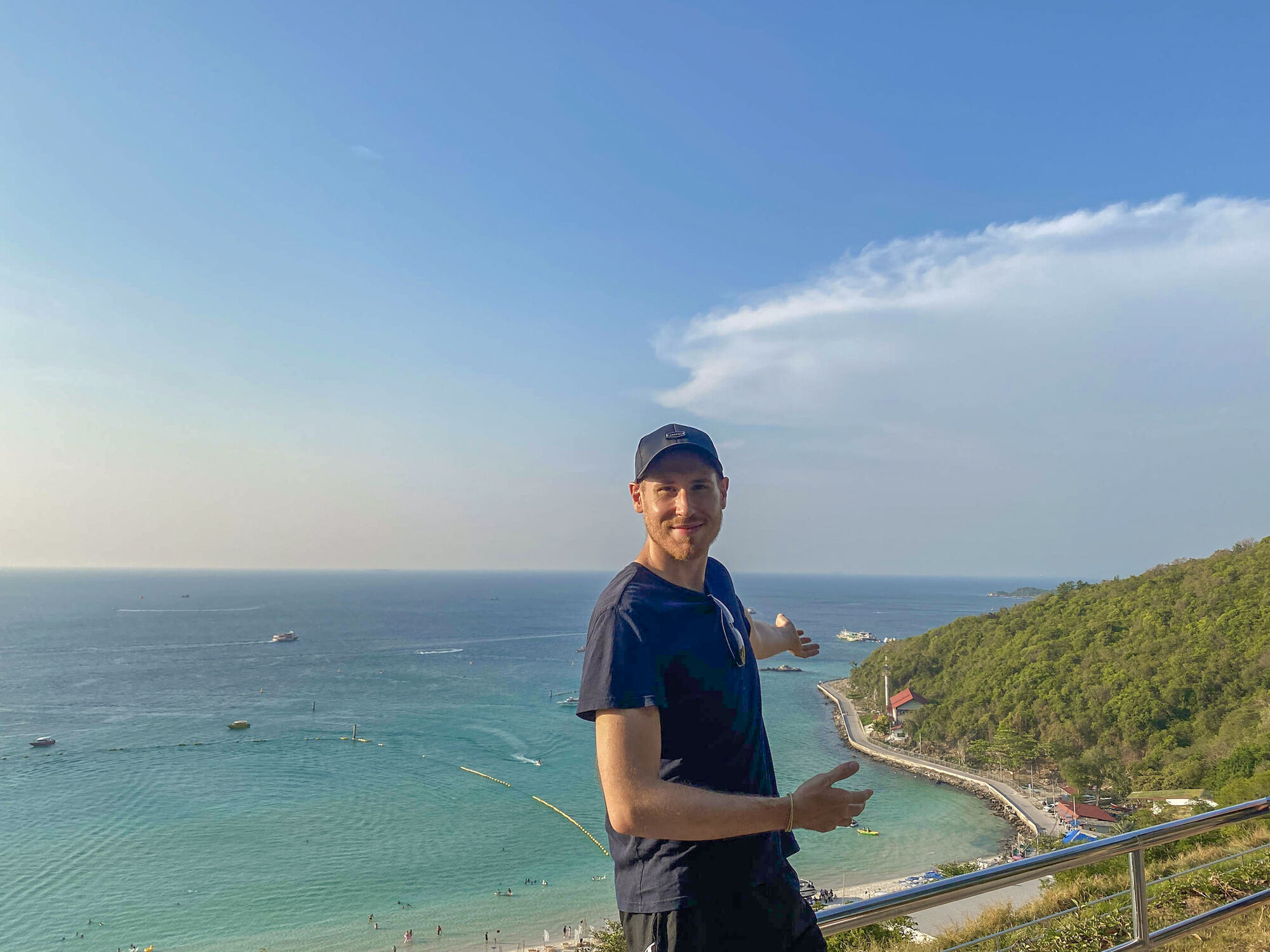I almost skipped Córdoba. It wasn’t my first stop in Spain, and I figured a quick visit would be enough. I was wrong. Want to know the best things to do in Cordoba? Excellent, this guide has everything you need.
The second I walked through the old town, something about it just felt right. The narrow streets, the smell of orange blossoms, the way history is everywhere. It just pulls you in without trying.
No need to plan every second—this city is best when you explore naturally. Take your time, enjoy the little moments, and this guide has everything you need for the rest.
Spoiler alert: This is one of the trips you’ll remember for a very long time.
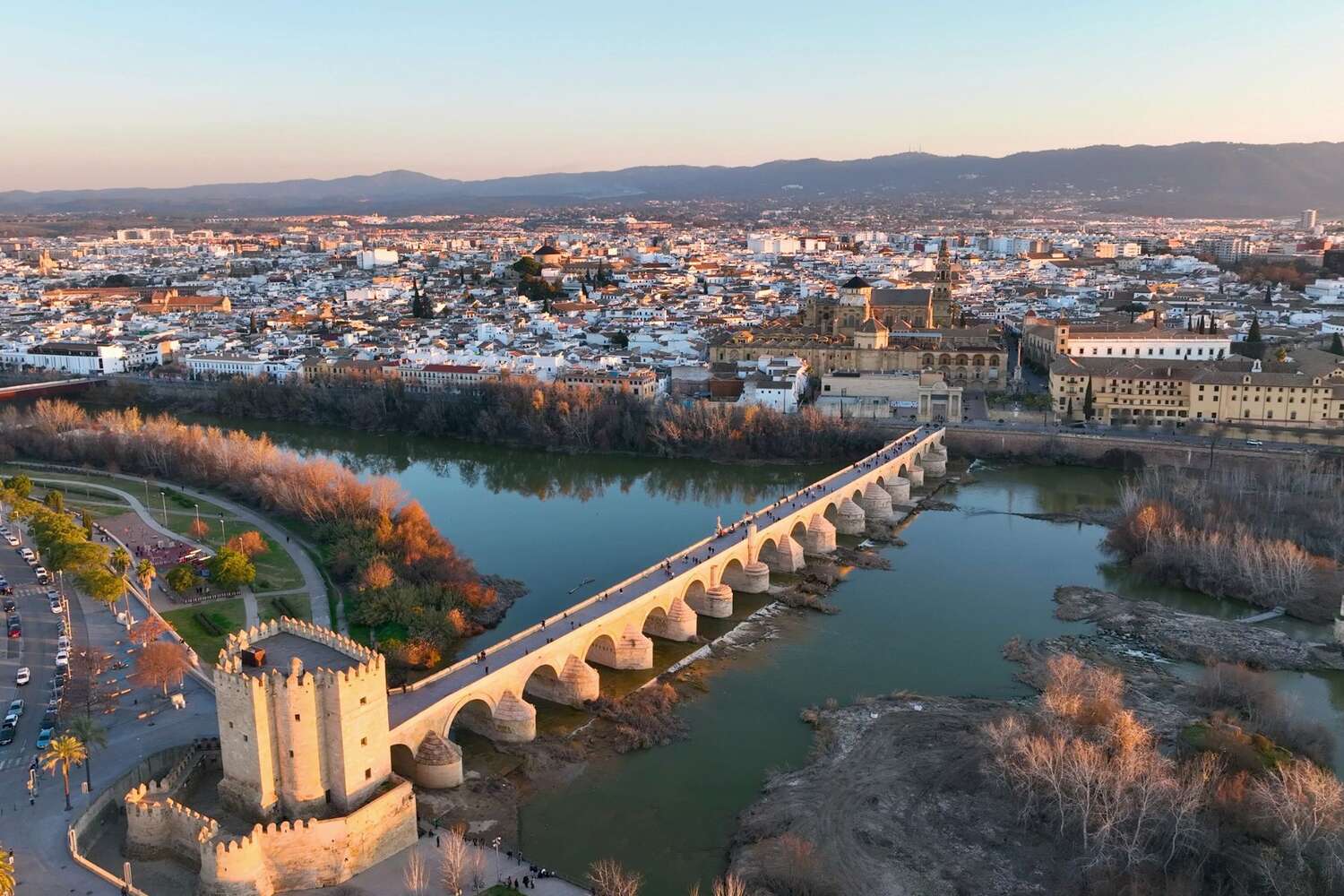
Overview About Cordoba
Córdoba is in Andalusia, one of the best regions to visit in spain. The city is packed with historical gems, and you’ll quickly understand why when you go through the tourist attractions in Cordona.
Before going through the list of activities, let’s answer some questions that you might have before visiting.
How Many Days to Stay in Cordoba?
One day in Cordoba is enough for 99% of people. Especially if you spend the night here. You have time for the Mezquita, the Jewish Quarter, and squeeze in some tapas without feeling rushed. Yes, it’s a tight schedule, but it does cover the highlights.
Two days are even better. That extra time is good for seeing the Viana Palace, checking out the Archaeological Museum, or just sipping a drink on a rooftop terrace while watching the sun go down.
If you’re on a fast-paced trip through Andalusia, one packed day will give you a taste of Córdoba. But if you like to soak in the atmosphere, two days is the sweet spot.
Best Time to Visit Cordoba
Let’s be realistic, summer in Córdoba is hot. We’re talking 40°C+ (104°F+) hot, which makes sightseeing feel a little more complicated. If you don’t want to melt, visit in spring or fall, when the weather is warm but manageable, and you’ll get the bonus of festivals and fewer tourists compared to peak season.
Spring is especially stunning thanks to the Patios Festival in May, when locals throw open their courtyards and show off walls covered in colorful flowers. It’s one of the city’s biggest traditions, and it brings a whole new life to Córdoba.
Fall (September to November) is a good alternative. It’s not as hot as the summer months, you can get cheaper prices at hotels, and the city is generally calmer.
Winter is quieter, and you enjoy cooler temperatures with occasional rainy days. But fewer crowds and lower prices make it a great time to explore at your own pace.
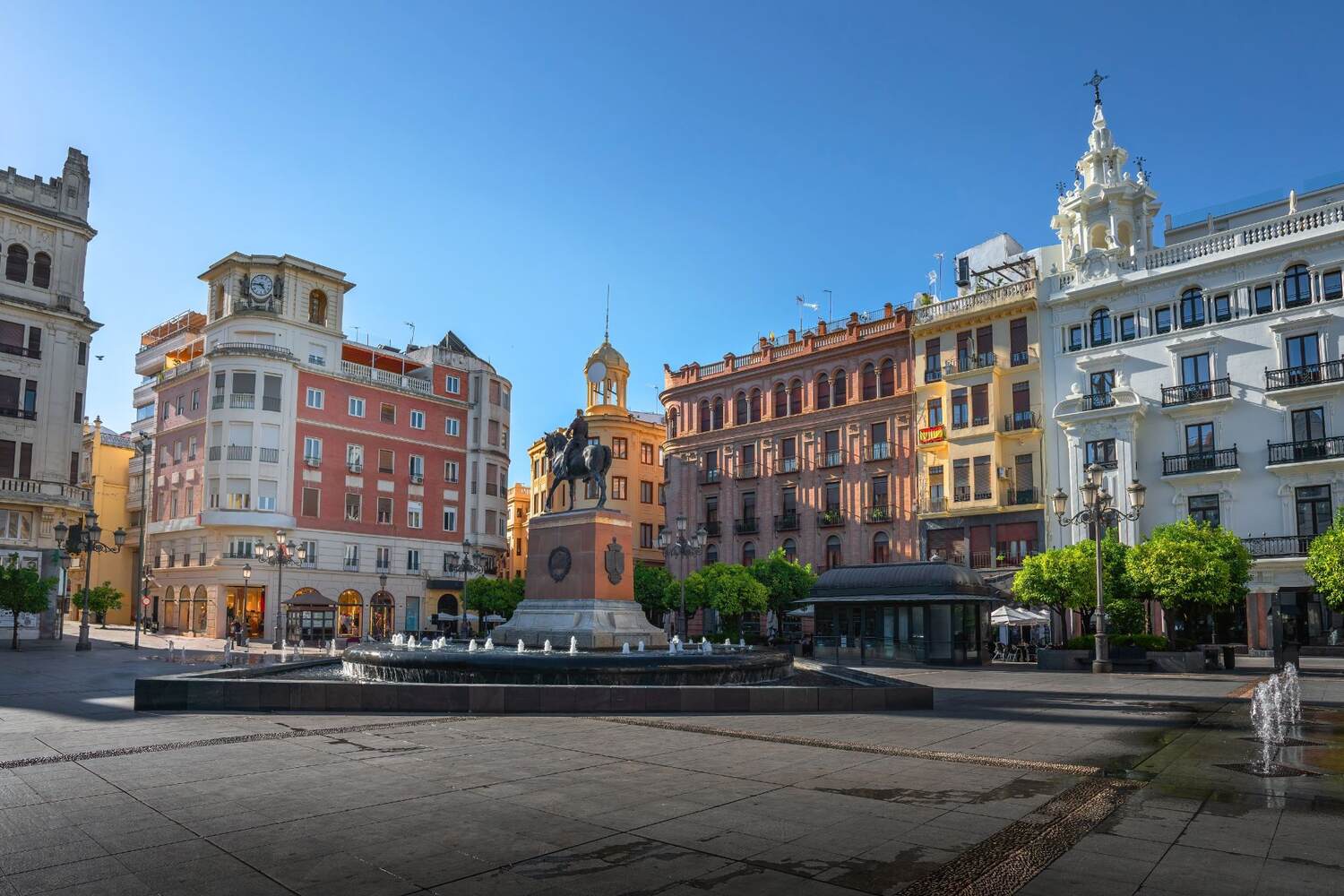
Is Cordoba a Walkable City?
Yes, it’s safe to say that Córdoba was made for walking. The historic center is compact, and the popular things to do in Cordoba are within walking distance, like the Mezquita from the Alcázar from the Jewish Quarter and so on.
If you need to go farther, buses run regularly, and taxis are easy to find, especially around Plaza de las Tendillas and other busy spots. But honestly, the best way to experience Córdoba is on foot.
By the end of the day, your feet might be tired, but your camera roll and memory bank will be full that’s for sure.
15 Best Things to Do in Cordoba
Córdoba is one of those cities that pulls you in without even trying. One minute, you’re taking photos of the city and the architecture. The next, you’re lost in a quiet patio full of flowers or grabbing tapas.
Truth be told, you don’t need strict plans to visit Cordoba. Just wander, take it all in, and check out these 15 ways to enjoy the city.
Mezquita-Catedral
No surprise here—the Mezquita-Catedral is the one place you absolutely have to see in Córdoba. It started as a mosque in 785 AD under Abd al-Rahman I. Over the years, Moorish rulers expanded it, but in 1236, after the Christian Reconquista, it was converted into a cathedral.
What does that leave us with? A mix of Moorish and Gothic styles that you won’t find anywhere else. Endless rows of arches, then suddenly, a towering Christian nave right in the middle. It’s easily one of the most unusual landmarks in Spain—maybe even all of Europe.
Once you step inside, don’t just rush through. Give yourself a moment to take in the size of the place. The first thing that’ll catch your eye? That endless sea of red-and-white horseshoe arches. They stretch so far that the whole space feels almost never-ending.
Make your way to the Mihrab, the original prayer niche, covered in detailed gold mosaics. It’s one of Spain’s most significant pieces of Islamic architecture, and even today, it looks just as impressive. After that, move toward the cathedral section. The shift from Moorish design to the Gothic architecture is so sharp it almost feels unreal. A masterpiece, no doubt.
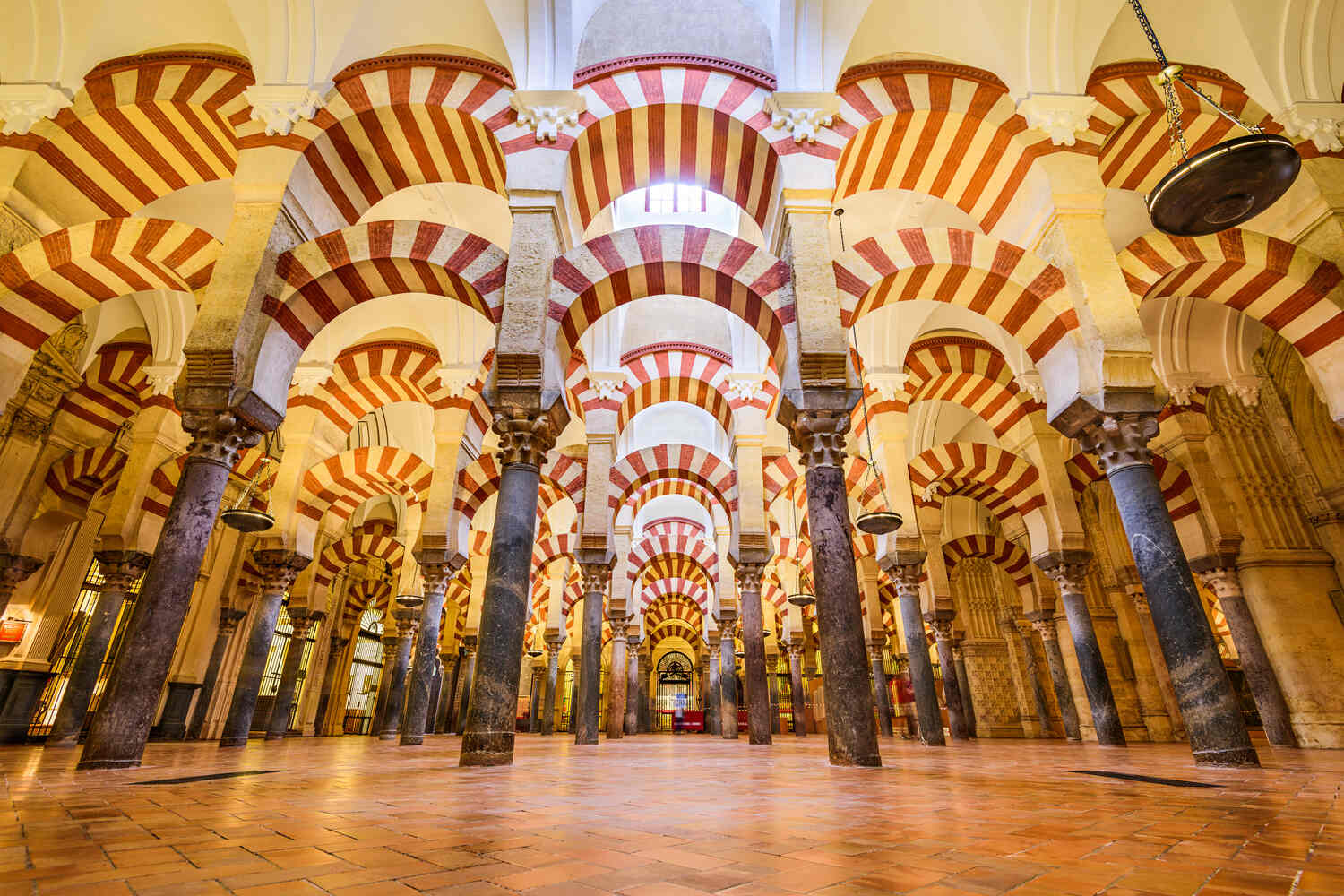
I found the massive altar, the carved wooden choir stalls, and the pipe organ to be really different from the rest. This is exactly why I thought this place was so fascinating.
Head over to the Torre del Alminar for some great views. It used to be a minaret, but now it’s a bell tower. The climb up is steep, no doubt about it, but once you reach the top, you’ll see why it’s worth every step. It costs an extra 3 euros, and only a small number of people can go up at a time. If possible, book in advance.
Before leaving, spend a few minutes in the Patio de los Naranjos, the courtyard right outside the Mezquita. It’s lined with orange trees (don’t bother trying to eat them) and has a few fountains that offer some shade. In summer, it’s especially nice to sit here for a bit, enjoy the quiet, and take a break before heading back into the city.
If you skipped breakfast, now’s a good moment to grab something. There are plenty of cafés nearby where you can order a tostada with olive oil and tomato, along with a coffee to wake you up.
The opening times vary during the year:
- From November to February: Monday to Saturday, 8.30 AM to 6.00 PM
- From March to October: Monday to Saturday, 10.00 AM to 7.00 PM
- Sundays and religious days: 8:30 to 11:30 AM and 3:00 to 7:00 PM
If you do wake up early, here’s a little trick: Entry is free from 8:30 AM to 9:30 AM on weekdays. It’s usually mass time in the morning, so you can walk around quietly, but guided tours aren’t allowed at that time.
Your best bet is to arrive when paid entry starts at 10:00 AM. That way, you avoid the midday crowds. Most people spend around 90 minutes inside, but if you like taking your time and paying attention to the details, two hours won’t feel too long.
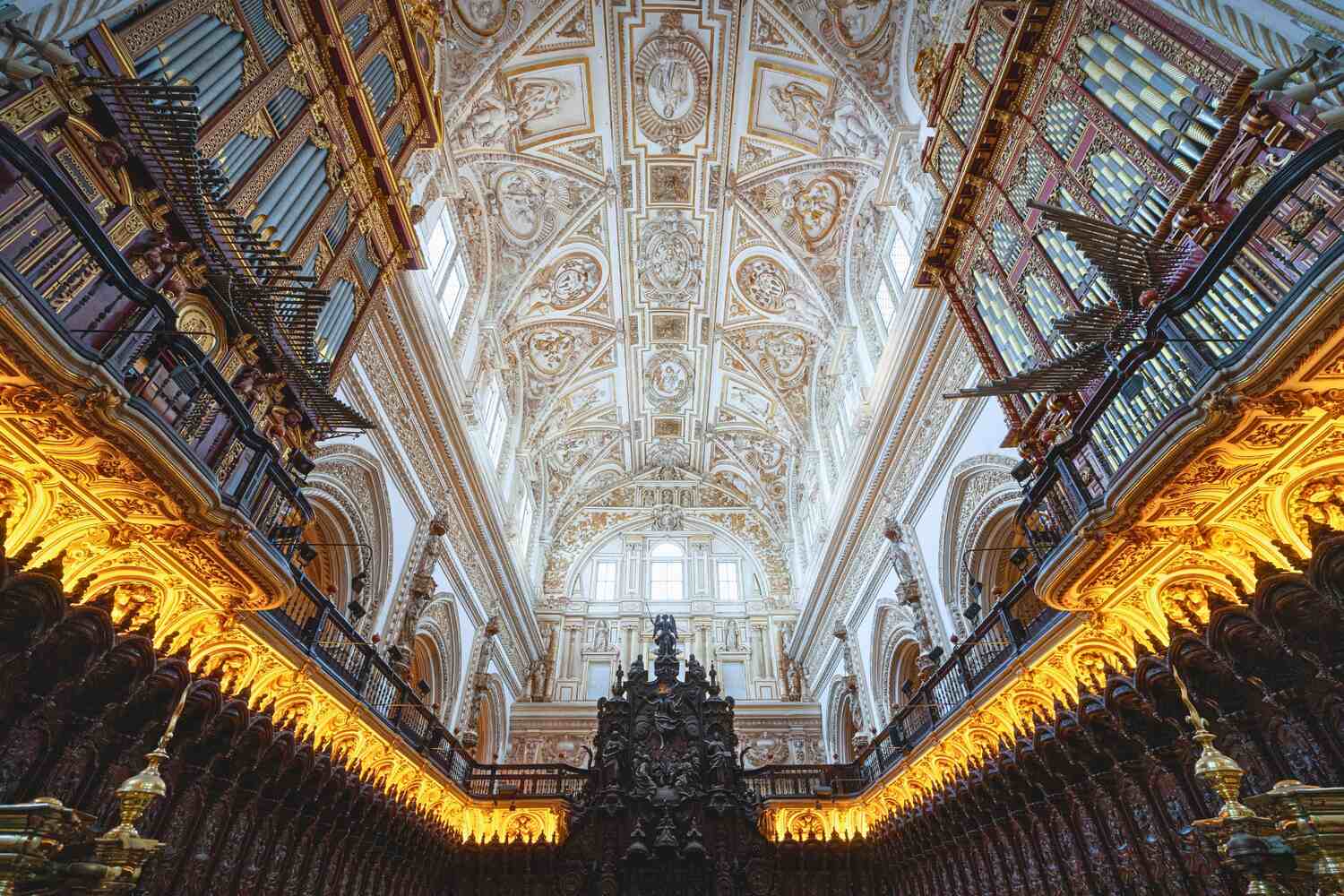
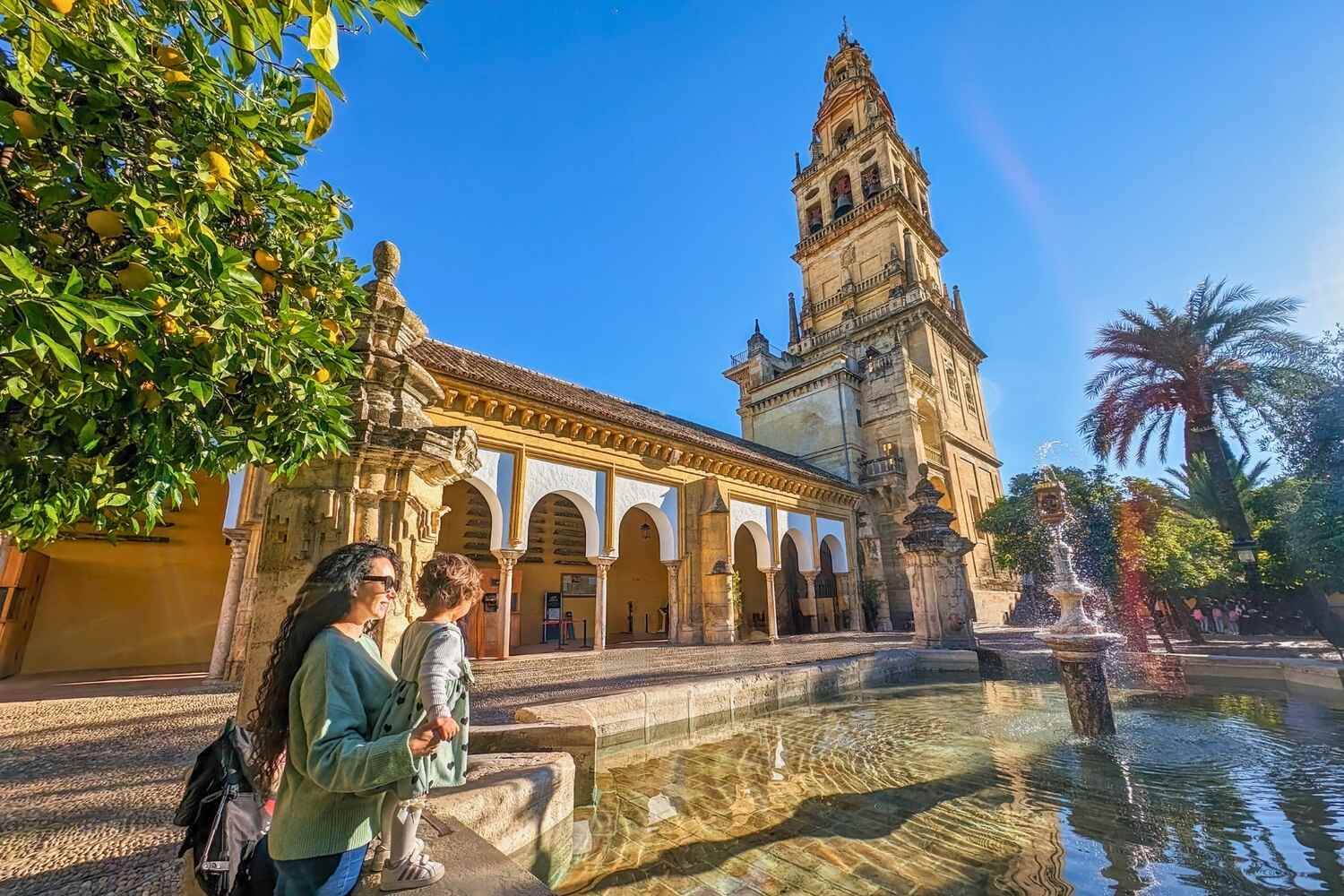
Alcázar de los Reyes Cristianos
Another spot you shouldn’t miss in Córdoba is the Alcázar de los Reyes Cristianos. This fortress-palace was built in 1328 under King Alfonso XI and later became an important residence for the Catholic Monarchs, Ferdinand and Isabella.
In 1486, they met with Christopher Columbus here, years before he set off for the Americas. Outside, you’ll find a statue of that meeting. It’s a good detail to look for while exploring the area.
For many, the best part is climbing the tower. Yes, another climb. Another city view. But let’s be honest—who gets tired of seeing Córdoba from above?
From the top, you get an incredible panoramic view. The Mezquita-Catedral and the Guadalquivir River stretch out right in front of you.
Back on the ground, take your time wandering through the gardens. If you visit in spring, even better—the flowers are at their best, and the whole place feels alive.
The Alcázar is open Tuesday to Sunday. In summer, it closes at 3:00 PM, but for the rest of the year, you have until 8:00 PM. Entry is 5 euros. To avoid waiting in line, either get there early or buy your ticket ahead of time.
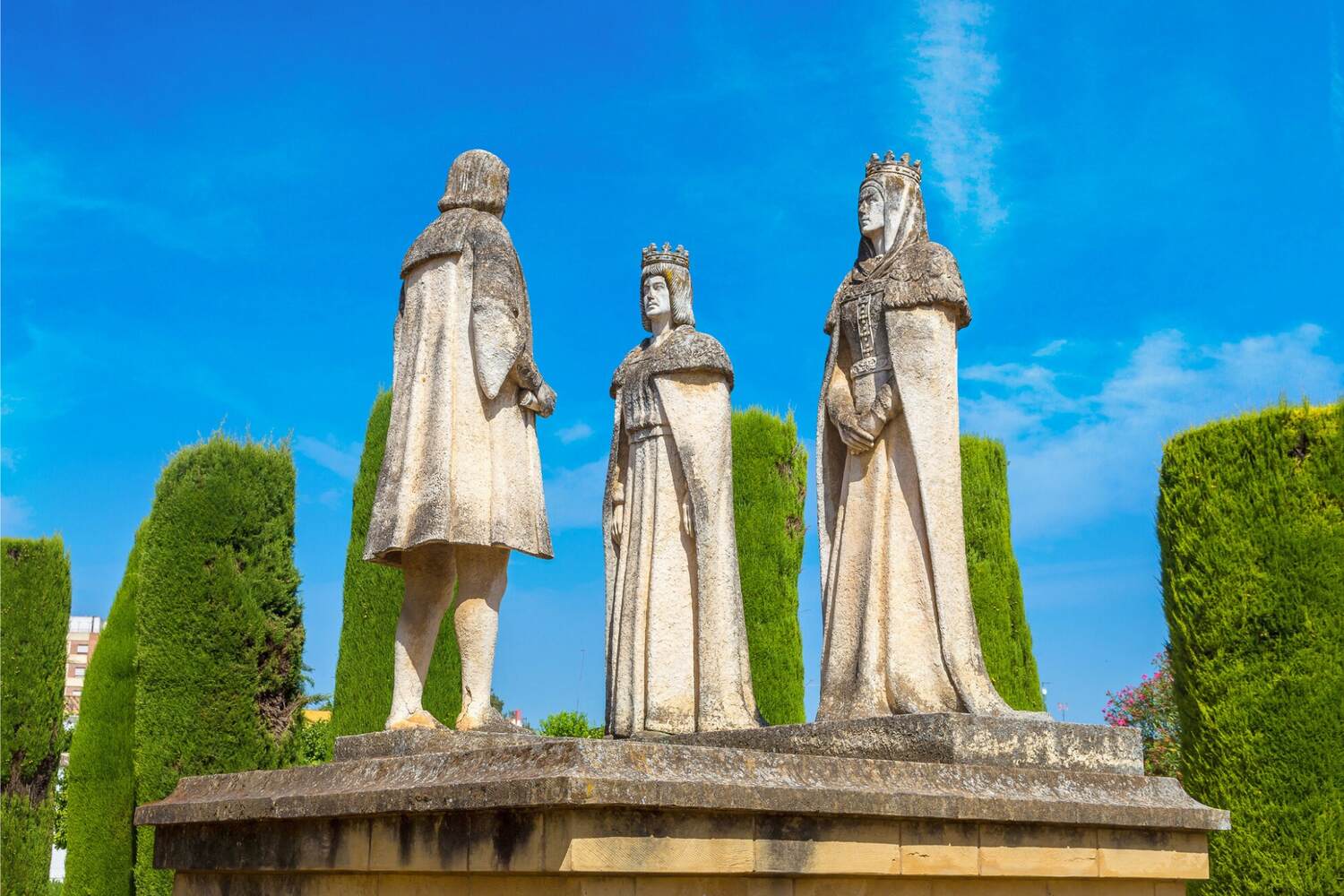
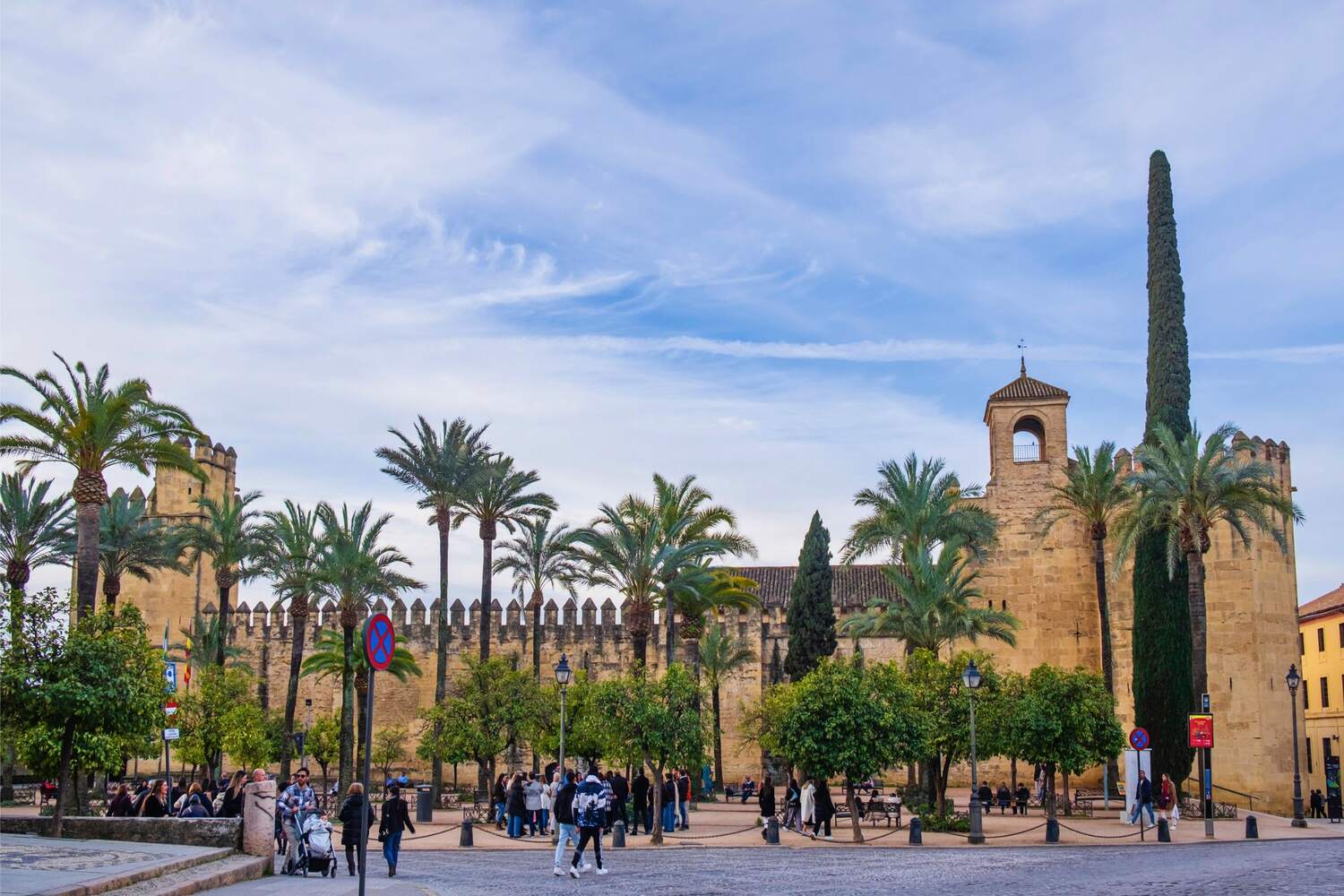
Puente Romano & Calahorra Tower
From the Mezquita, head straight down to the Puente Romano, the ancient Roman bridge. It stretches across the Guadalquivir River and it’s been here for nearly 2,000 years. That said…most of what you see today dates back to the Moorish reconstruction in the 10th century.
The best views are from the middle of the bridge, especially if you’re here in the late afternoon when the sun starts to drop. Spoiler alert: It’s one of the busiest parts of the city, so expect to see people, unless you come early in the morning for sunrise.
At the far end of the bridge, you’ll see the Calahorra Tower. It’s a medieval fortress with the Museum of Al-Andalus inside. If you’re into history, it’s worth visiting to see how life was in this part of Spain back in the day.
Believe it or not, it was one of the most advanced cities in Europe! If you’re short on time, you can just climb up to the rooftop or skip it altogether. Yes, the views are gorgeous but they can compare to those from the Mezquita, if you ask me.
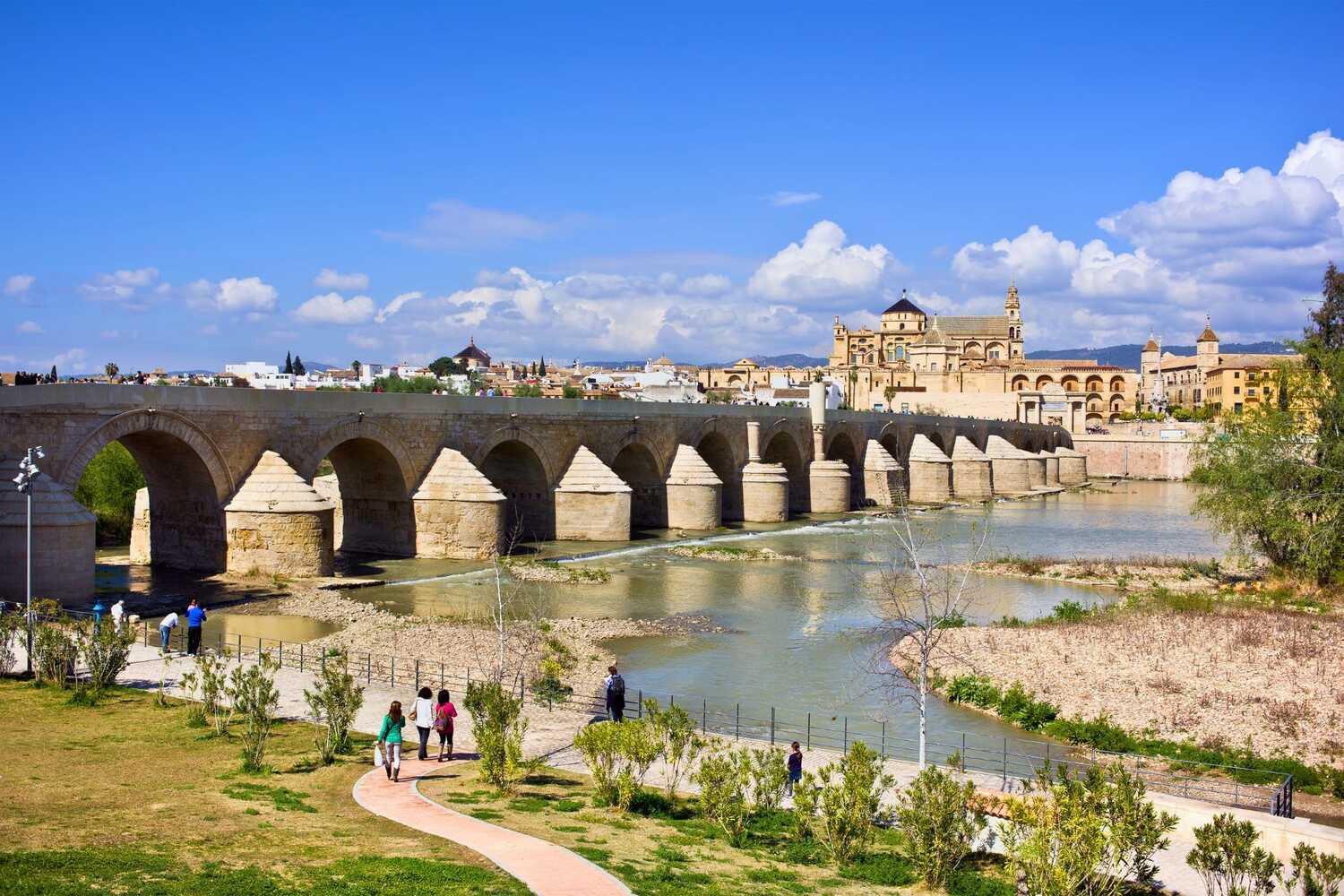
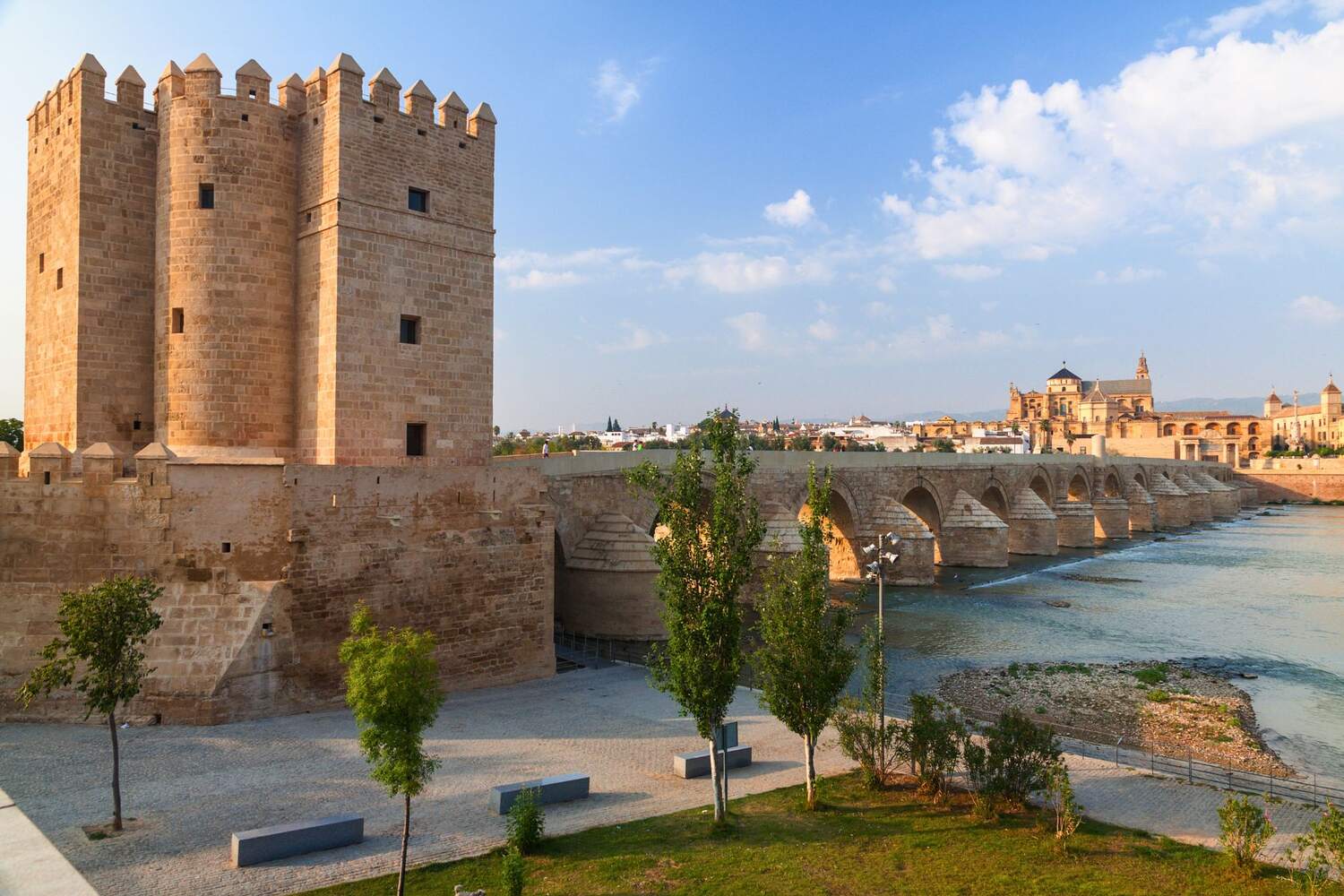
Explore the Jewish Quarter (La Judería)
After the bridge, make your way back toward La Judería, Córdoba’s old Jewish Quarter. The whitewashed walls full of colorful flower pots make this one of the most charming areas to walk around. Honestly, this part of the city reminded me of the white villages in Spain, and I loved every bit of it.
Some of the streets here are so narrow you could touch both sides with your arms outstretched. It’s easy to get lost, but that’s part of the fun.
One little detour you don’t want to miss is Calleja de las Flores, one of the most photographed streets in Córdoba. It’s a small alley with potted flowers and balconies overflowing with greenery. At the end, you’ll get a perfect framed view of the Mezquita’s bell tower between the buildings.
Just know that it gets crowded, so if you want a quiet moment, go earlier in the day.
Not far from there, you can see the Synagogue of Córdoba. It’s one of only three medieval synagogues still standing in Spain. Want to know more? I’ll tell you about it below.
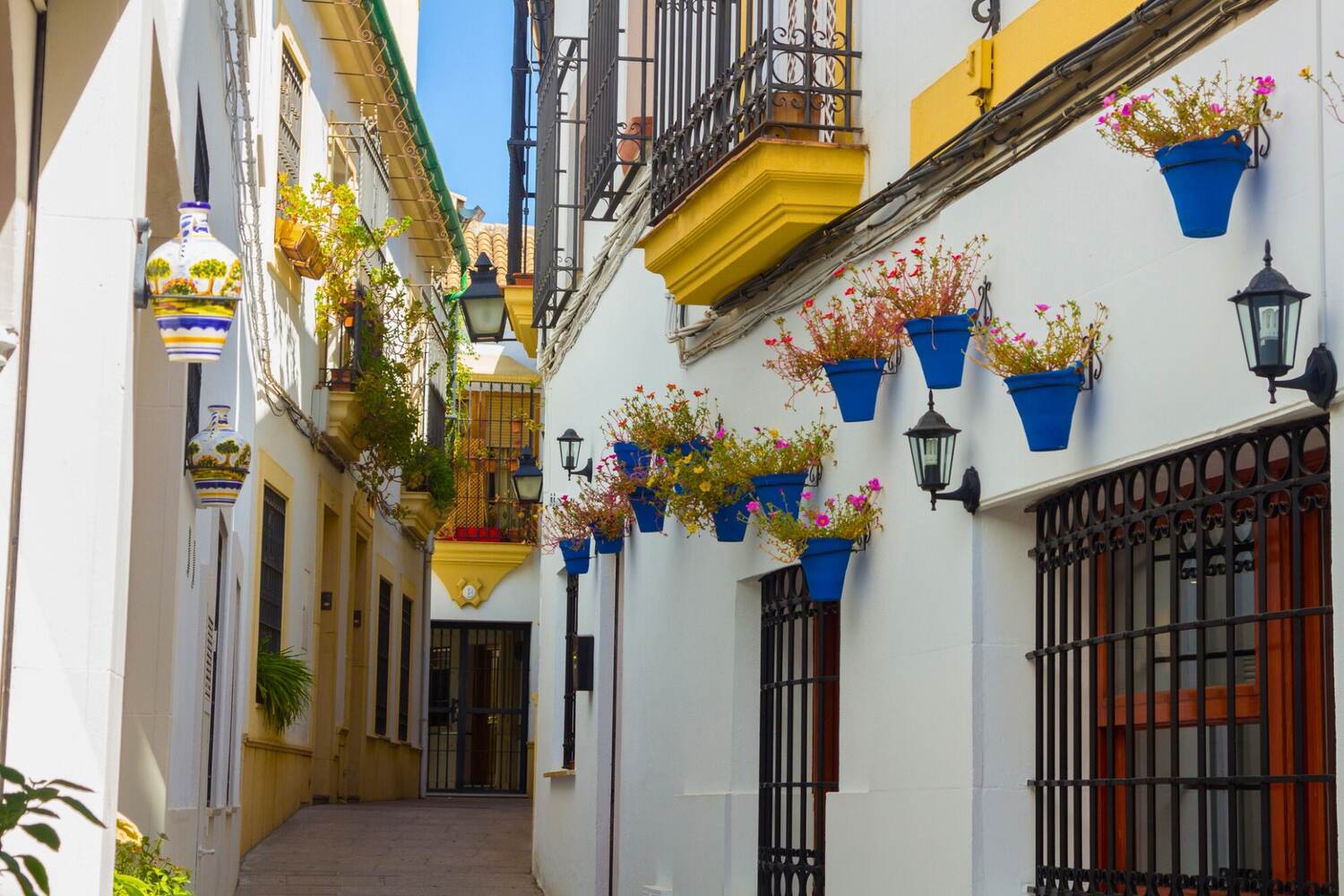
Visit Cordoba’s Synagogue
It’s safe to say that seeing the synagogue is one of the most unique things to do in Cordoba. It was built in 1315 and it’s one of only three medieval synagogues still standing in Spain, and it’s right inside the Jewish Quarter. Needless to say, you must see both at once!
The fact that it survived centuries of upheaval makes it even more interesting to see.
You can see intricate plasterwork inside together with delicate Mudejar-style arches, and Hebrew inscriptions still visible on the walls. It’s easy to picture the Jewish community that once gathered here for prayer, study, and celebrations.
After the expulsion of the Jews in 1492, the building was used as a hospital, a school, and even a shoemaker’s workshop. How interesting, right?
Entry is often free for EU citizens, but otherwise, the fee is only 1.5 euros. A small price to pay to learn about yet another side of Spain. Take a moment here, because places like this are rare indeed.
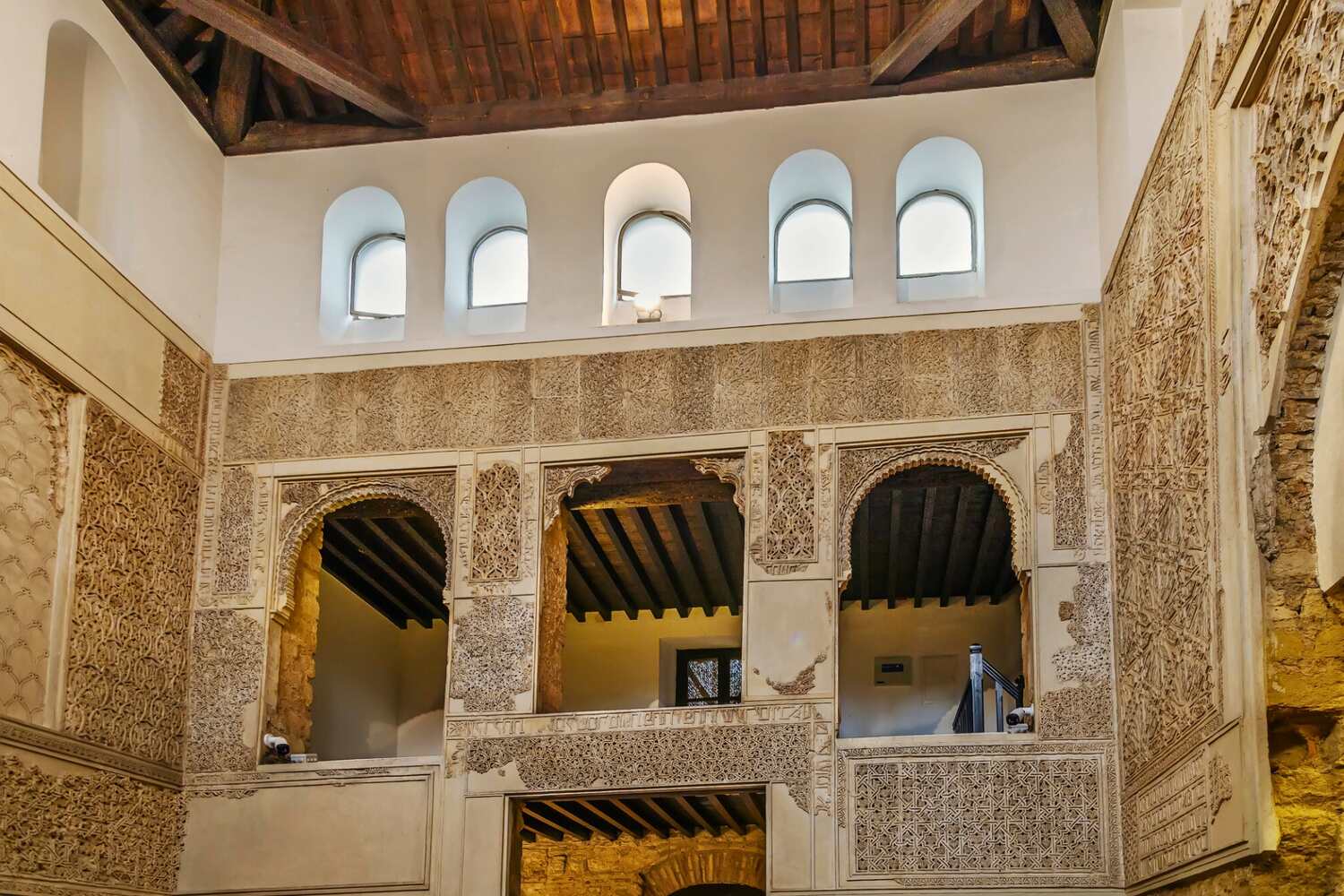
Check Out the Patios of Cordoba
The reality is, Córdoba’s patios are just as much a part of its identity as the Mezquita. Yes, you might have heard about the famous Patios Festival in May, when locals go all out decorating their courtyards with flowers, hoping to win prizes and bragging rights.
But the good news? You don’t have to visit in May to see stunning patios. Many neighborhoods, especially San Basilio and the Centro Historico, have courtyards that stay open year-round.
You’ll spot homes with doors slightly open, and you surely won’t feel bad taking a quick peek. Expect to see flower pots hanging from whitewashed walls, bright geraniums spilling over balconies, and the occasional fountain keeping the space cool.
This is such a simple yet unique thing to do in Cordoba, and I genuinely love it.
Some patios charge a small entry fee, but it’s worth it for the photos alone. If you do visit in May, grab a festival map to find the best patios and don’t be shy about chatting with locals. They love sharing their gardening secrets. And let’s be honest, they’ve earned the right to brag.
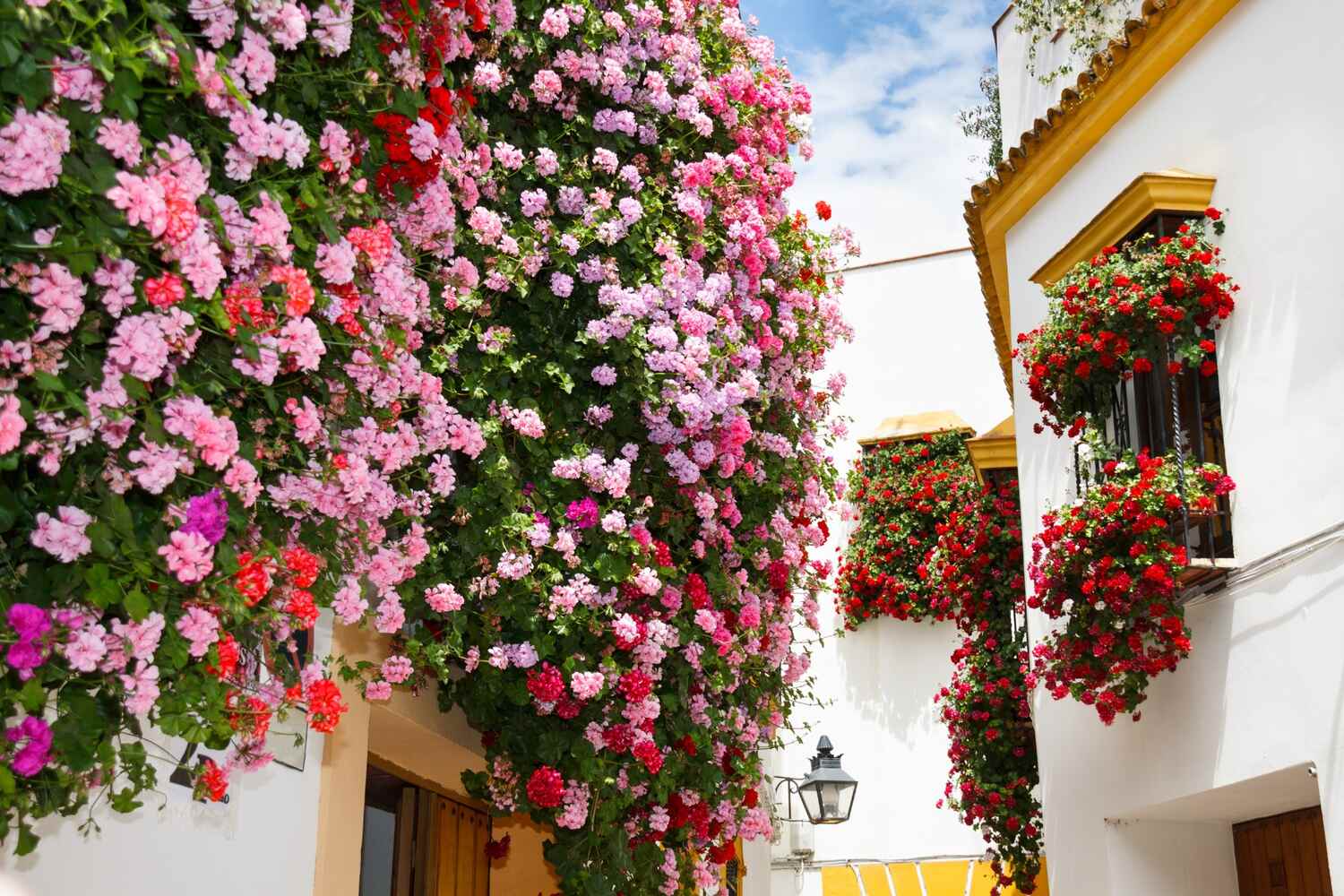
Walk Through Plaza de la Corredera
We finally talk about Córdoba’s liveliest square, Plaza de la Corredera. It’s honestly impossible to miss with its bold red and ochre facades, and the massive size of course.
Picture a massive rectangle lined with arched walkways, cafes spilling onto the pavement, and people enjoying long, slow meals in the sunshine.
It’s one of the best places to sit with a coffee or a cold caña, order a tostada or a plate of salmorejo, and just watch the city move around you.
If you take a horse carriage ride, you’ll pass by or will be dropped off here, which I personally suggest.
It’s not only about looks. The plaza has been through a lot: Markets, bullfights, public executions, it’s seen some wild times. Today, it’s all about the relaxed vibe, making it the perfect stop between sightseeing.
Before you leave, take a quick stroll under the arches to browse the small shops for souvenirs, snacks, or even a glass of Montilla-Moriles wine. Most people don’t stay long in Cordoba, but if you do (or have more time available), why not come early in the morning and enjoy the plaza crowd-free?
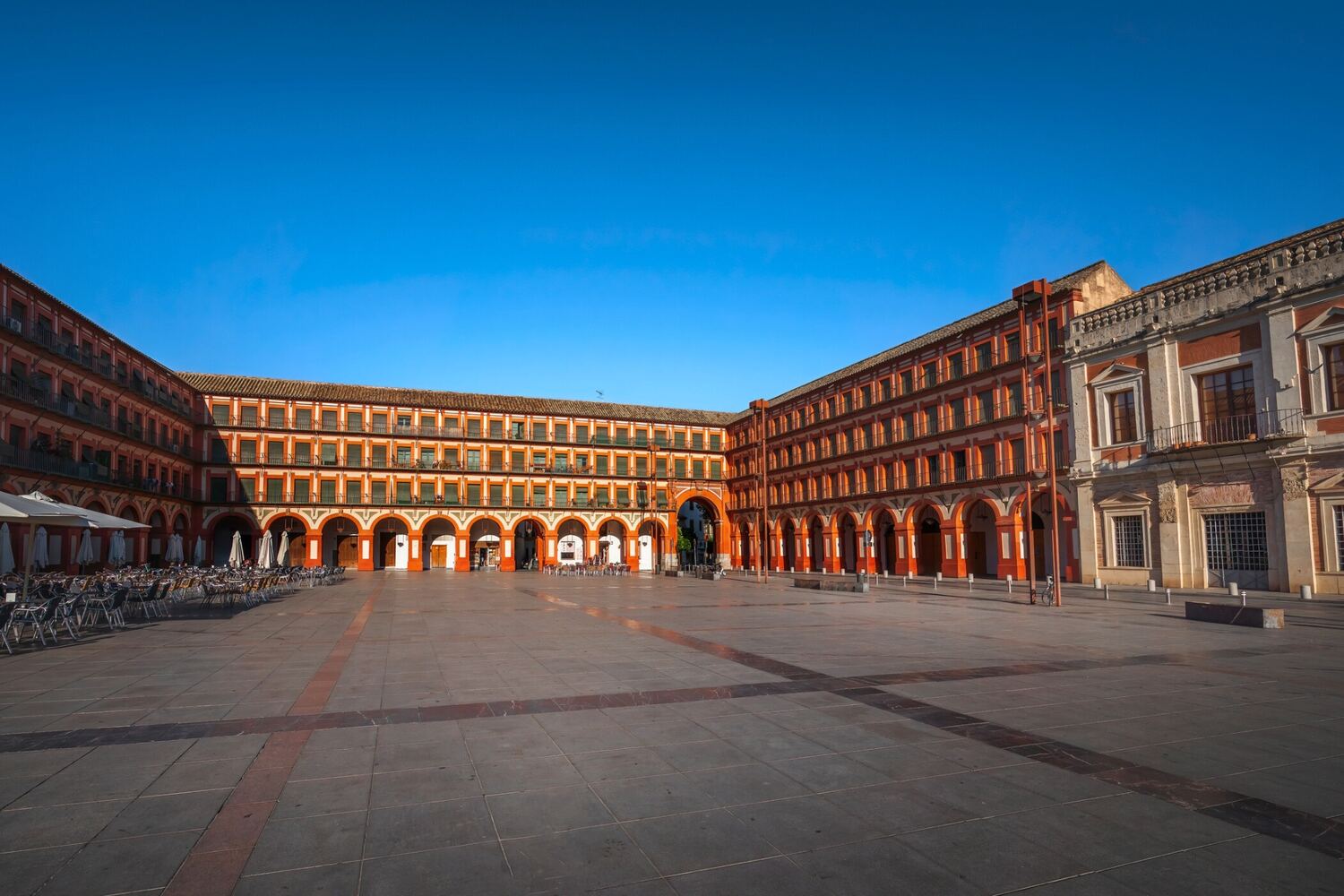
Palacio de Viana
To be fair, Palacio de Viana is arguably one of the most underrated spots in Córdoba. While most people rush to the Mezquita and the Alcázar (fair, don’t get me wrong), this 15th-century mansion with twelve patios is an amazing alternative.
Each courtyard has its own personality. Some are packed with climbing vines and brightly painted tiles, while others have gentle water features that make even the hottest summer days feel refreshing.
You can explore on your own freely or join a guided tour. Honestly speaking, I suggest the latter option because you can hear stories about the noble family that once lived here.
Plan to spend one or two two hours at the palace, especially if you’re into photography. It’s easy to lose track of time when every corner looks like it belongs in a postcard.
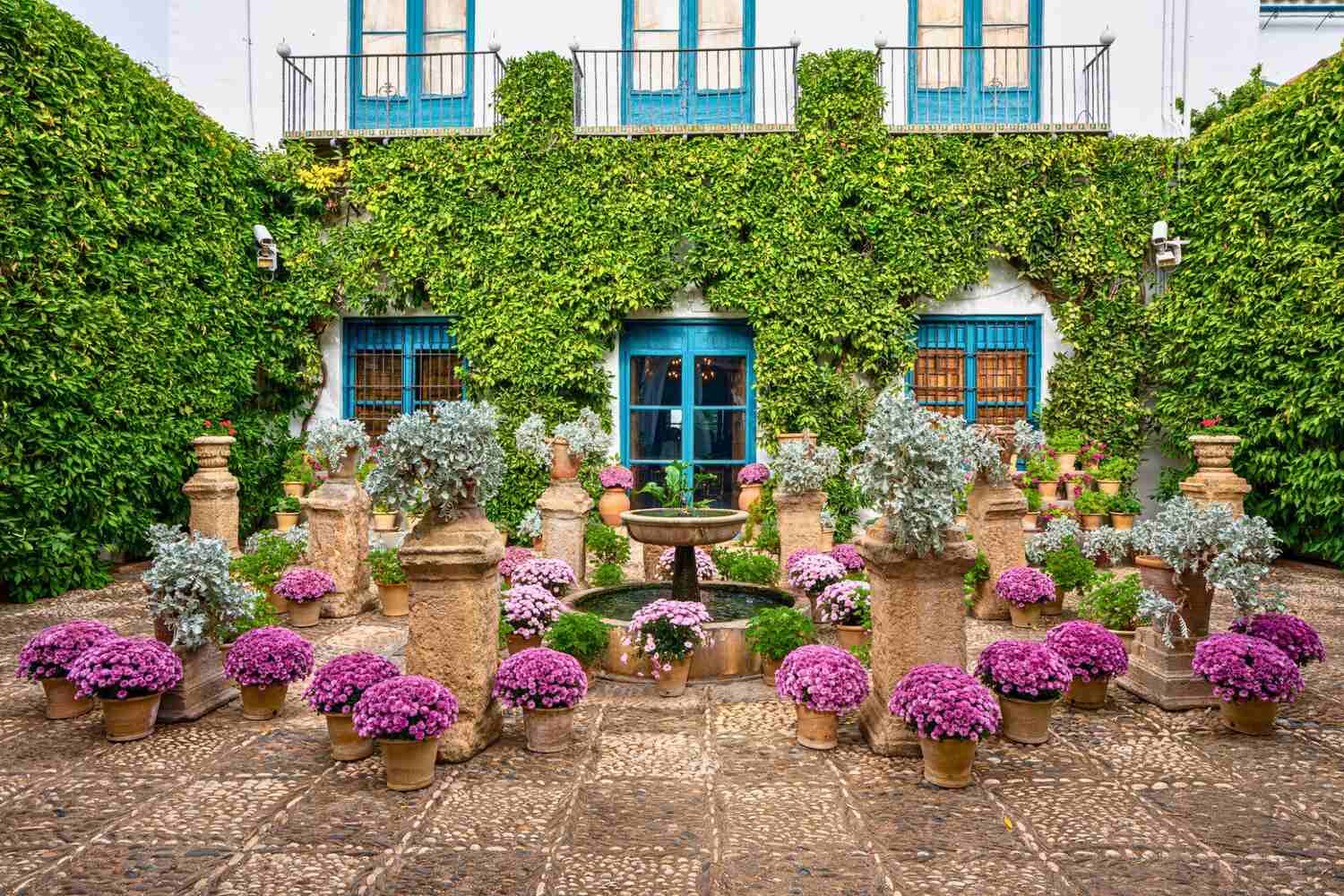
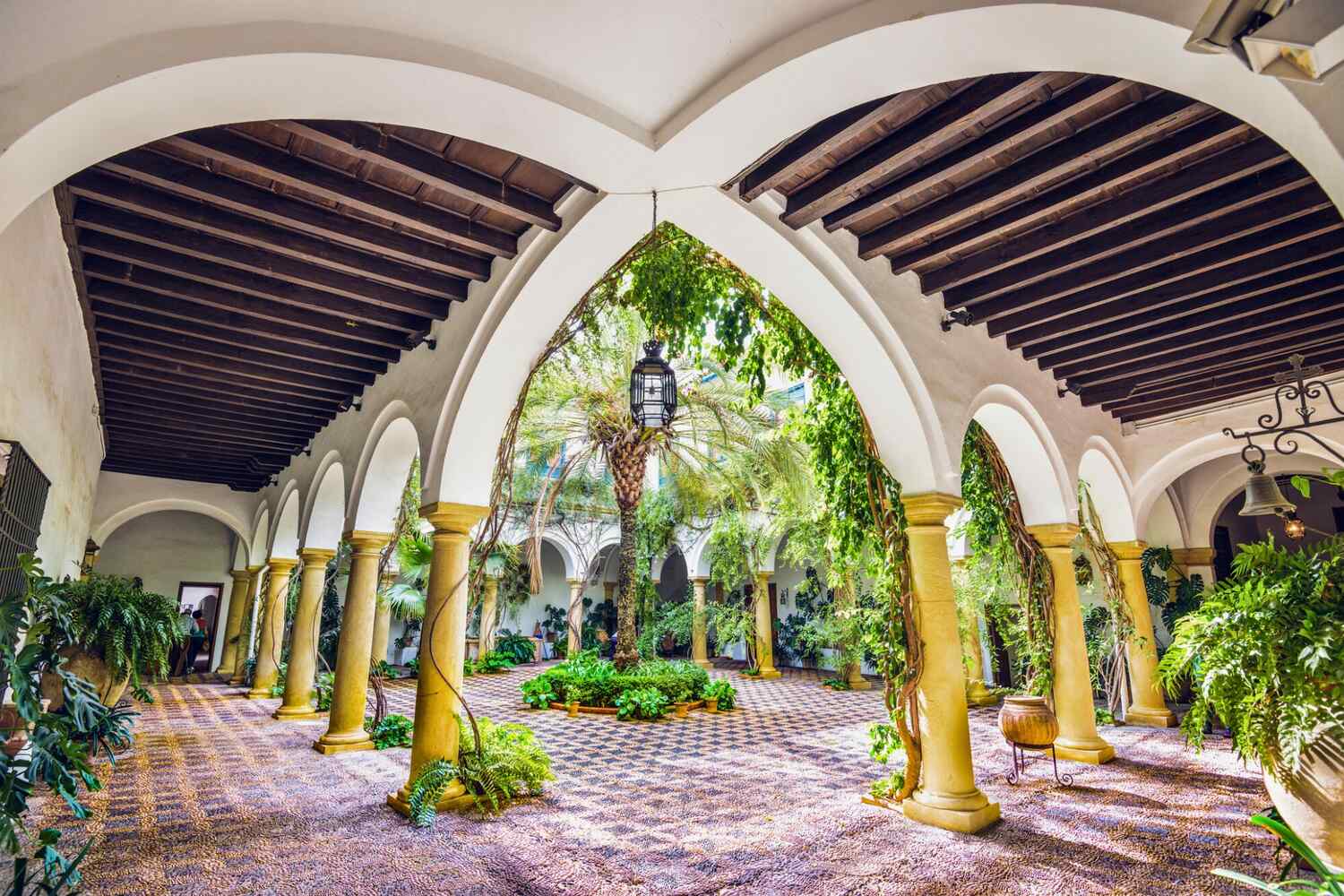
Try Traditional Foods
Safe to say, Andalucia knows how to serve up unforgettable food, and Cordoba is no exception.
If you leave without trying salmorejo, you’re doing it wrong. This thick, creamy chilled tomato soup is richer than gazpacho and topped with jamón ibérico and chopped boiled egg. Love it, and you can even buy at the supermarket. Of course, getting it at the restaurant is better, as it’s made fresh.
Another must-try is flamenquín, a deep-fried roll of ham wrapped in pork that’s crispy on the outside and ridiculously good with a cold drink.
And if you want something a little different, try berenjenas con miel. These are thin slices of fried eggplant with honey for a sweet-and-salty bite. Delicious.
Restaurants all over the city serve these dishes, so follow your nose or ask a local where to go. I personally liked Casa Pepe de La Judería a lot, so check them out for a nice and affordable meal.
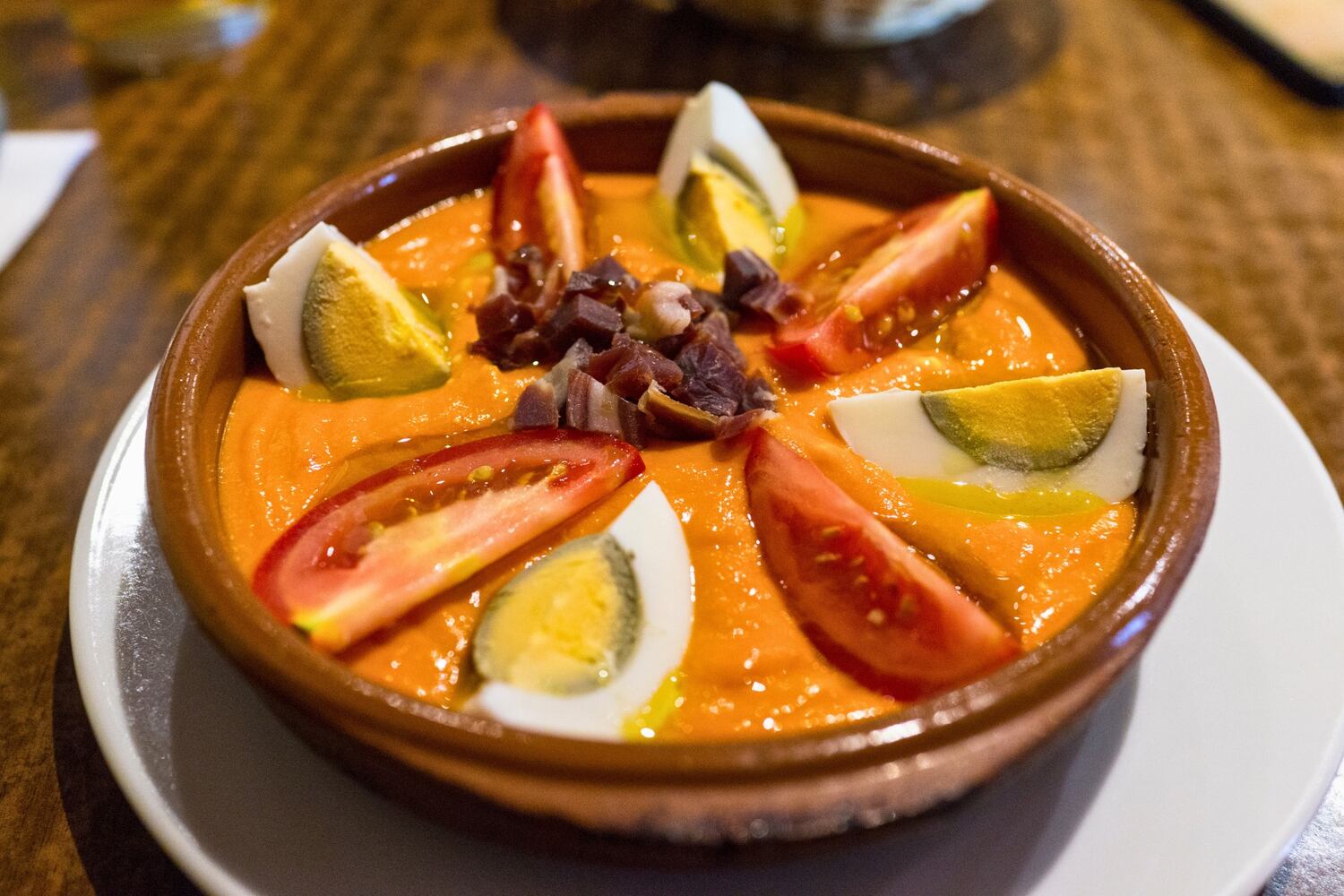
Visit the Archaeological Museum
If you want to really understand Córdoba’s history, the Archaeological Museum is the place to go. This isn’t just a random collection of antique items.
In fact, it’s full of artifacts covering everything from Cordoba’s past, from Roman sculptures to Moorish items and even prehistoric tools that show just how people used to live in this region centuries ago.
The museum itself is built right over the remains of a Roman theater. Head downstairs and you’ll actually get to see parts of it through glass floors. Trust me when I say that this alone makes the visit worth it!
There are also rotating exhibitions that highlight different periods of Córdoba’s history, so check for signs at the entrance to see what’s on display.
Just like the synagogue, the entrance is free for EU citizens and it costs 1.5 euros for non-EU citizens. To be honest, that’s very cheap considering the value you get from it.
Plan for at least an hour here, especially if you like reading the info panels and the details. And don’t forget your camera, some of the mosaics and sculptures inside are worth capturing.
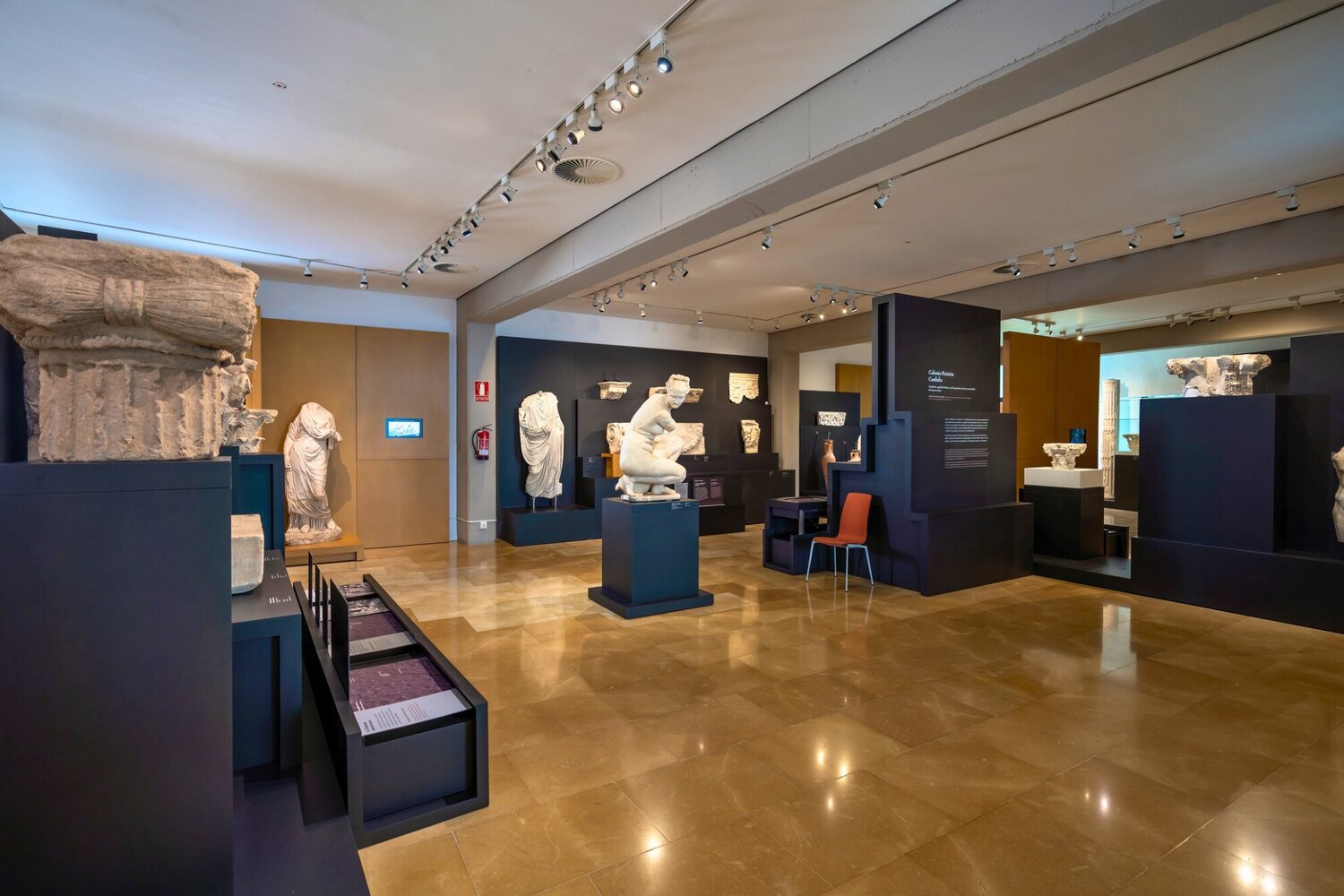
See the Ruins of Medina Azahara
Medina Azahara is one of the most underrated sites near Córdoba. Yes, it’s not in the city itself, and yes, most people miss it, but it’s one of the best things to do in Cordoba by far.
Medina Azahara is an old palace city from the 10th century that unfortunately didn’t last long. Caliph Abd al-Rahman III built it to show the power of Cordoba, but a few decades later, it was destroyed and eventually abandoned.
It’s 8 km (about 5 miles) outside Córdoba, so you’ll need to drive, grab an Uber, or take the shuttle bus. My suggestion is to stop at the museum first. It helps you understand what you’re looking at when you eventually get to the ruins.
If it’s summer, go early. It can get really hot, easily over 40 degrees Celsius, and there’s almost no shade. Bring water, wear sunscreen, and avoid coming in the middle of the day.
You’ll want at least two hours to walk around without rushing. It’s not as crowded as other places, so it’s a good place to explore without the crowds.
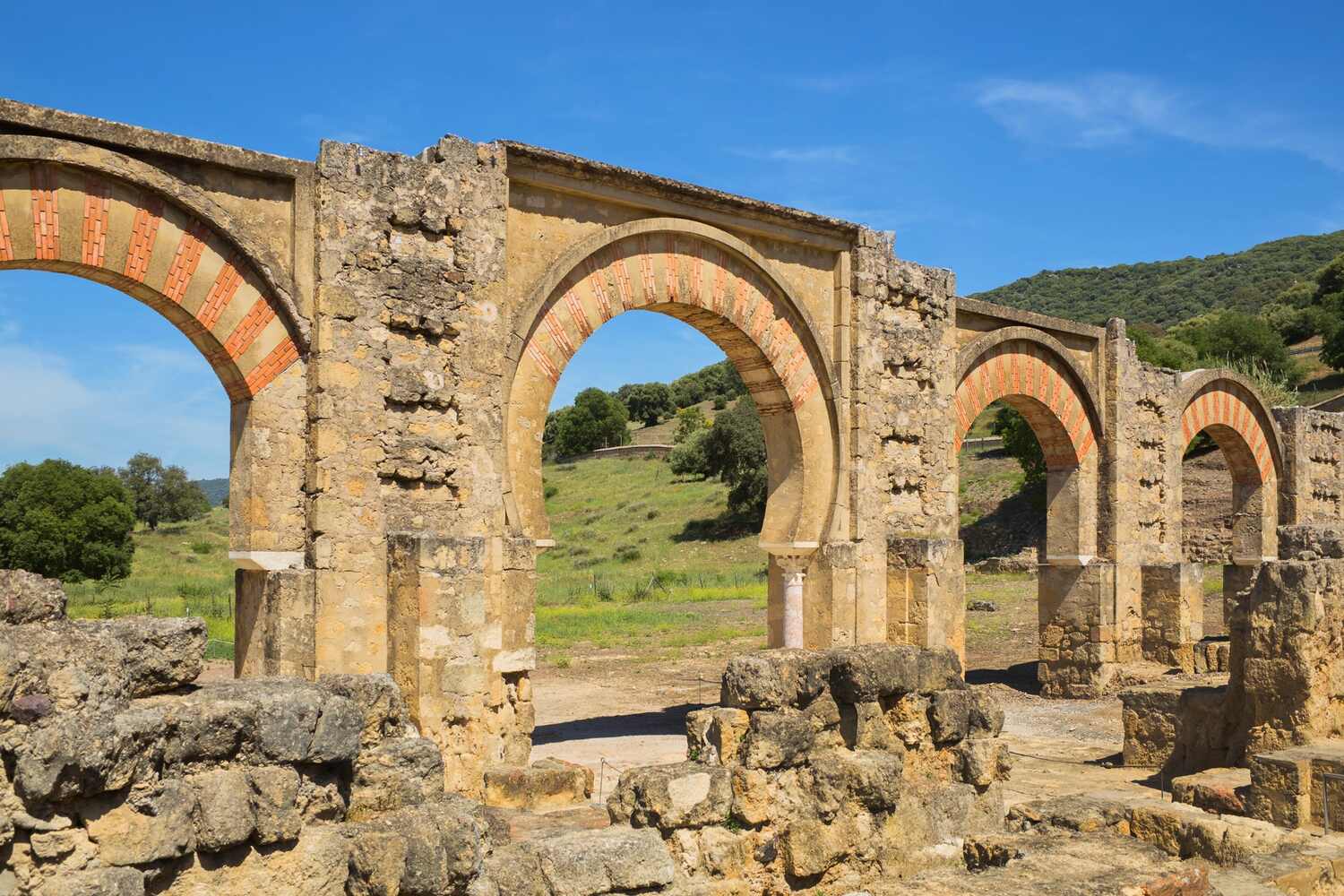
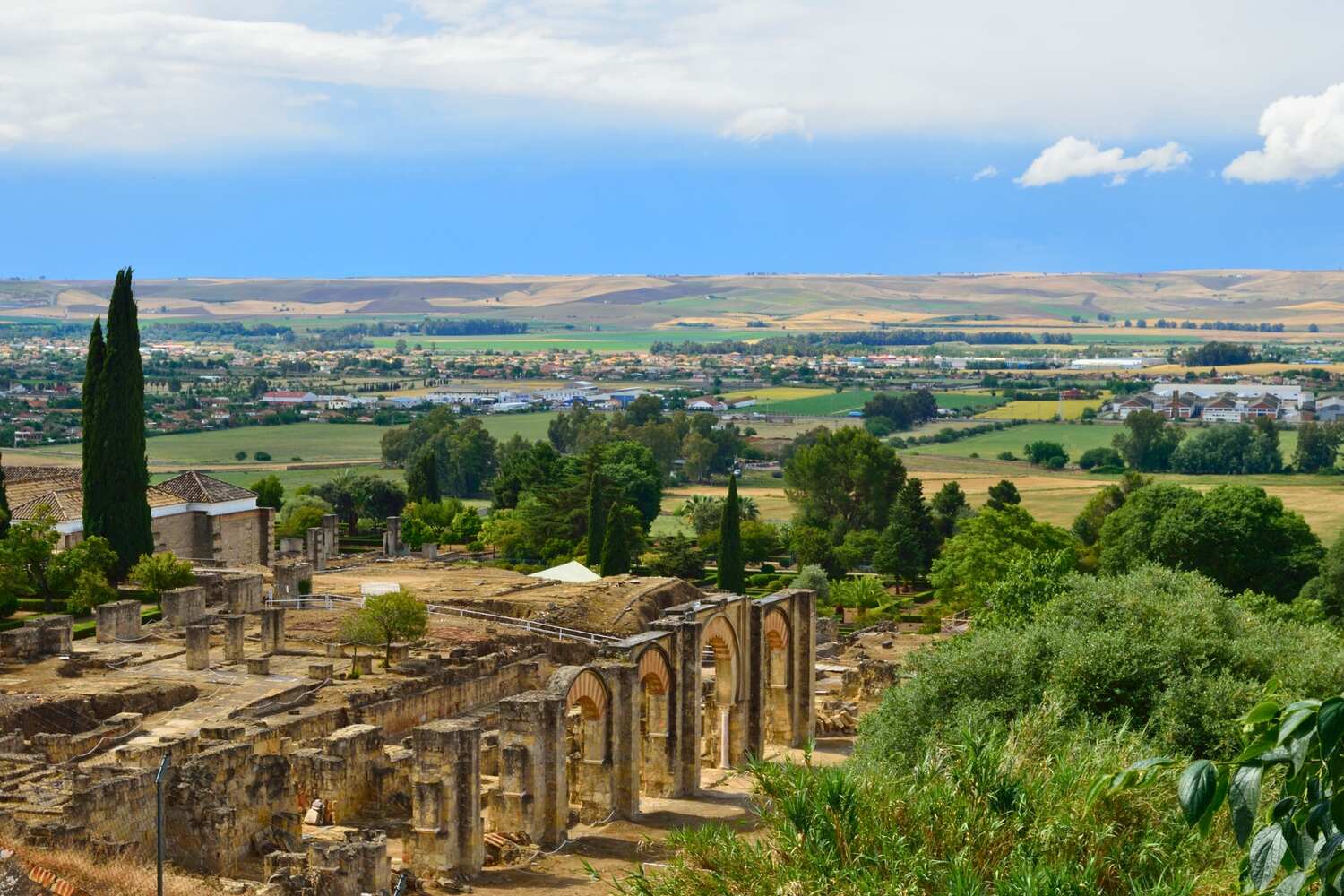
Relax in Hammam Al Ándalus
After walking around all day, your feet will deserve a break. Well, Hamman Al Ándalus fixes that.
Hammam Al Ándalus is an old-style Moorish bathhouse with hot, warm, and cold pools, plus a steam room and massages if you want to go all in. It’s quiet, dark, and smells amazing. Basically the opposite of the noisy streets outside.
You need a swimsuit, but they give you towels and toiletries. Book ahead, especially on weekends. Spend an hour or two moving between the pools, drinking mint tea, and just doing nothing. It’s worth every second.
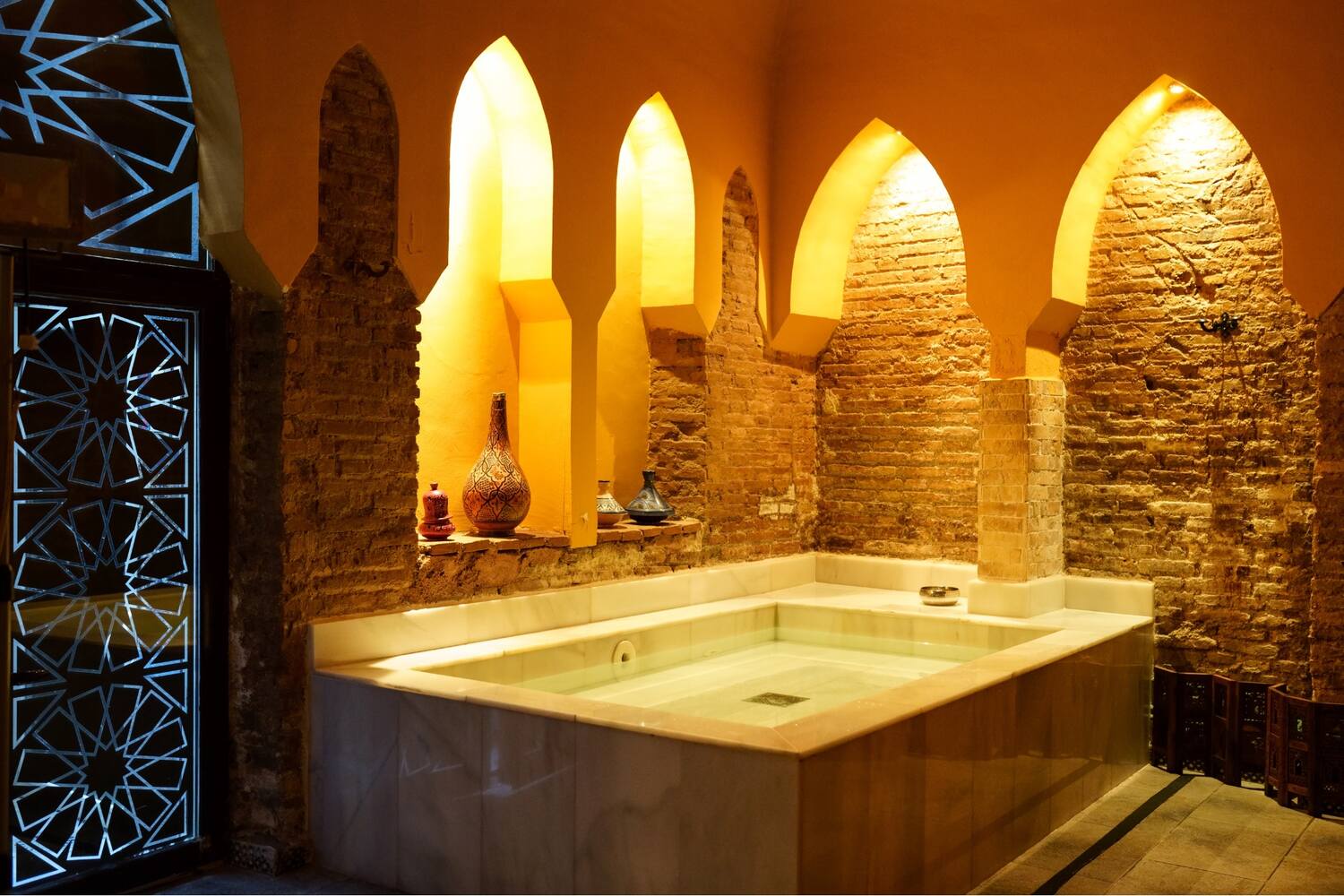
Catch a Flamenco Show
Let me start by saying that Flamenco isn’t just a performance. it’s raw, emotional, and unforgettable, and I’m not exaggerating.
The moment the guitar starts strumming, the singer’s voice cuts through the silence, and the dancer stomps the floor, you’ll understand why.
The best shows happen in small, intimate venues. Some places offer dinner-and-show packages, but if you just want the performance, you can usually grab a ticket without a meal. Tablao El Cardenal is one of the most famous spots, and I genuinely loved the show.
Arrive early to get a good seat, and don’t be shy about clapping along…Flamenco is as much about audience energy as it is about the performance itself!
By the time it’s over, you’ll leave with your heart pounding a little faster for sure!
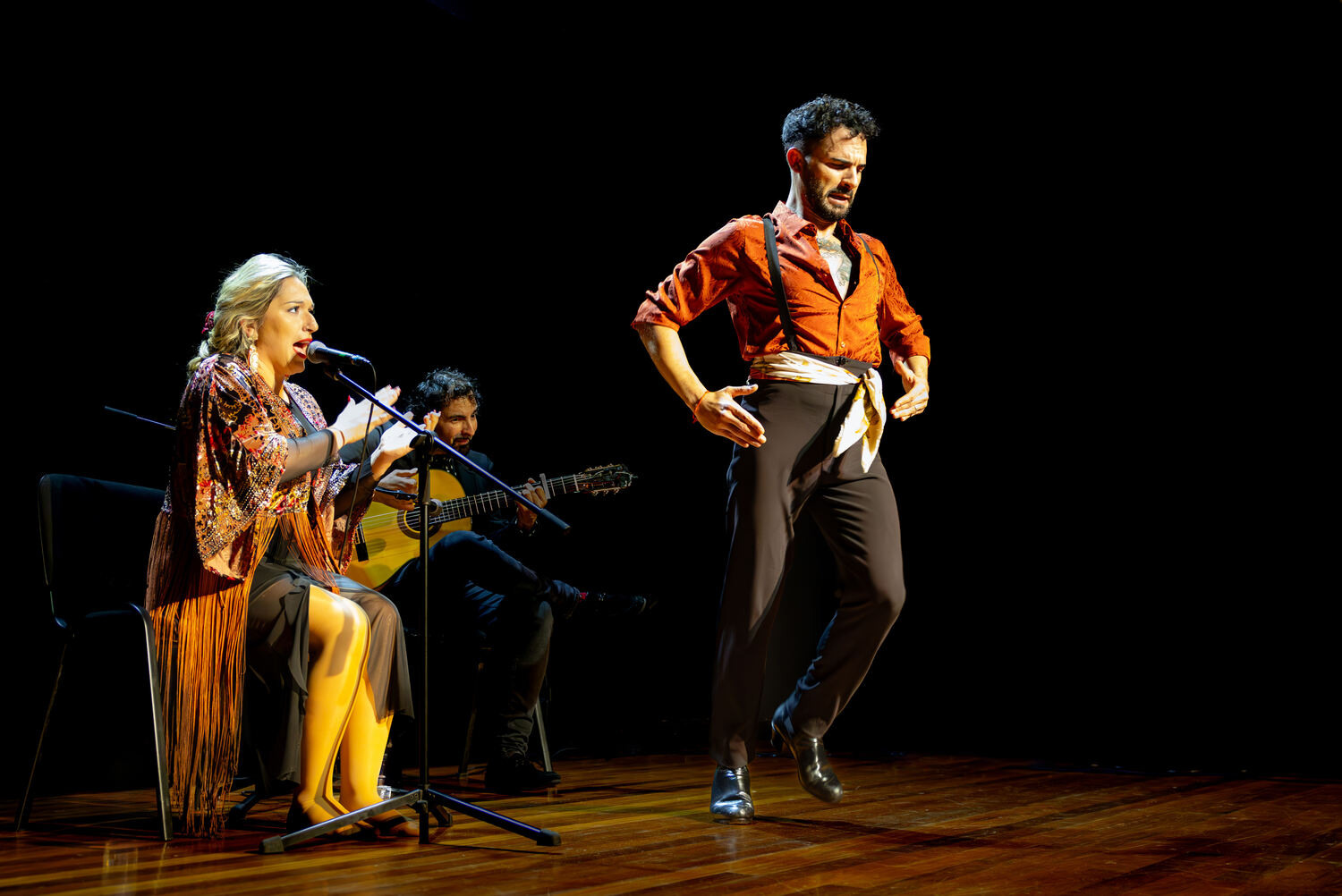
Sunset at the Guadalquivir River
The best way to end the day in Córdoba (other than Flamenco) is by watching the sunset over the river. The Roman Bridge is the best place in town to see the show, but get there early because you won’t be alone!
It’s a relaxed setting, with locals walking their dogs and small groups just sitting on benches, enjoying the view. And that’s exactly what I recommend doing, just buy a drink at a supermarket, sit on a bench, and enjoy.
You can also grab a quick bite from a nearby kiosk or café, or bring your own little picnic and make it an experience.
Stay a little longer and watch as the city lights start reflecting off the water. It’s one of those simple but unforgettable moments and if you have little time in Cordoba, this is the kind of moment that sticks with you long after you’re back home.
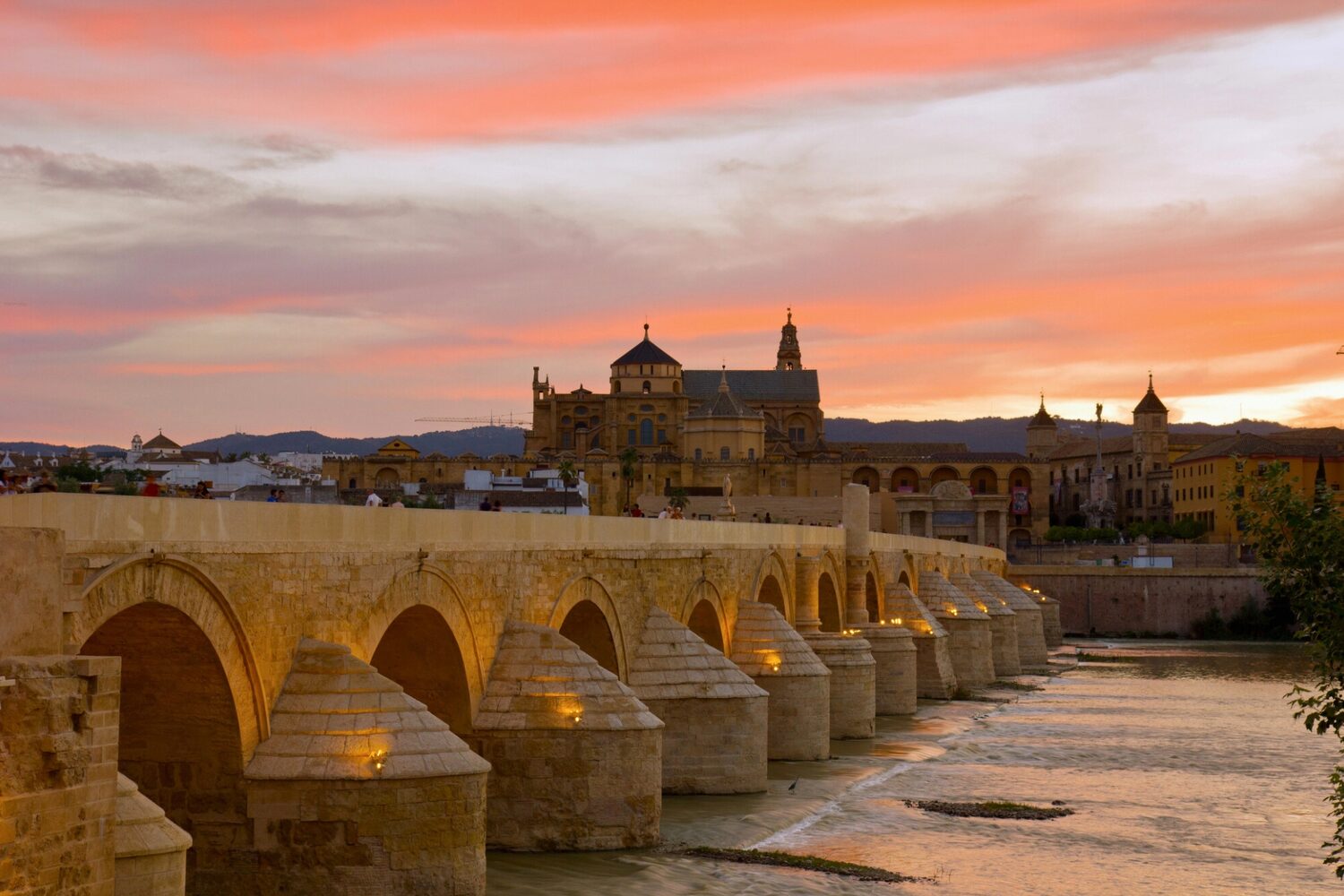
Take a Horse Carriage Ride
I couldn’t end this list of things to do in Cordoba without the horse carriage ride! And before you start thinking bad about it, horses are well taken care of, and it’s not unethical.
That said, to make sure you get the ethical ride, go near the Mezquita-Catedral where they are in the shade and not exposed to the sun the whole day – I genuinely didn’t like seeing some right under the sun.
With that considered, the old-world charm of getting around the city in an open carriage make this a special experience. It’s especially great if you’re looking for a relaxed way to sightsee without walking too much.
A standard 45-minute ride costs around 45 euros. You’ll get to pass by popular landmarks like the Puente Romano, Plaza de las Tendillas, and the old Jewish Quarter.
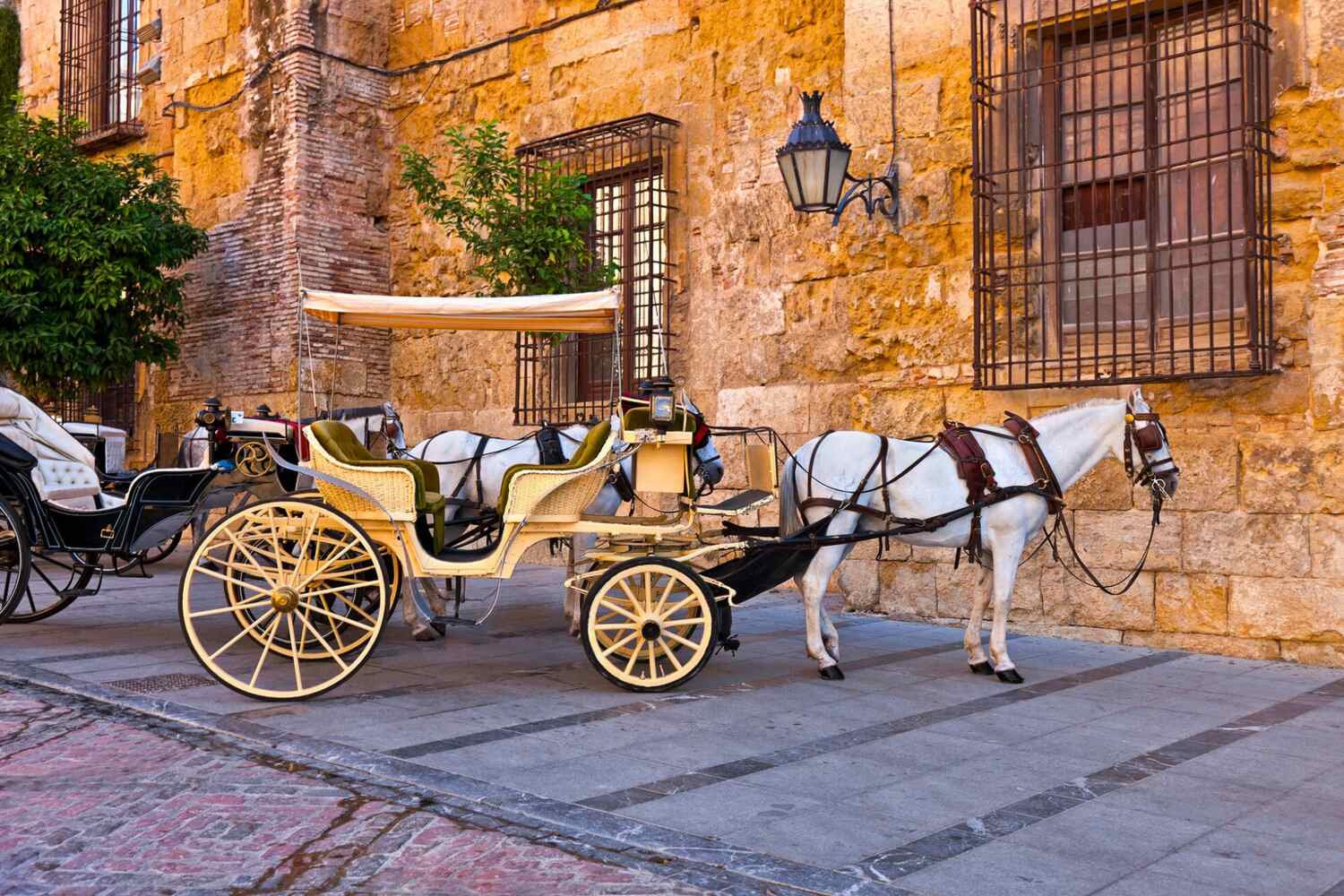
FAQs for Visiting Cordoba
I couldn’t end this guide without more details about Cordoba itself, and I’m sure these elements will be helpful. Especially if that’s your first time here or in Andalusia.
How to Get Around Cordoba?
If you’re staying in the historic center, you can walk pretty much everywhere. The Mezquita, Alcázar, and Jewish Quarter are all close together, so you won’t need transportation
If you do need to get around faster or outside the city, buses are cheap and cover most areas. Taxis are easy to find near main squares and tourist spots, and they’re useful if you’re tired or short on time. Some places rent bikes by the hour, but streets are quite narrow, so that’s not always easy to cycle around.
What’s Open on Sundays and Holidays?
Sundays are quieter, but you won’t be stuck with nothing to do. Big attractions like the Mezquita and Alcázar stay open, though they might close earlier than usual.
Smaller shops and businesses sometimes shut down, so if you need souvenirs, buy them on Saturday. Restaurants vary, some close, but many tapas bars stay open, especially in the city center.
Note that some attractions might close for holidays or religious festivals, so make sure to plan ahead of time (which I recommend anyway).
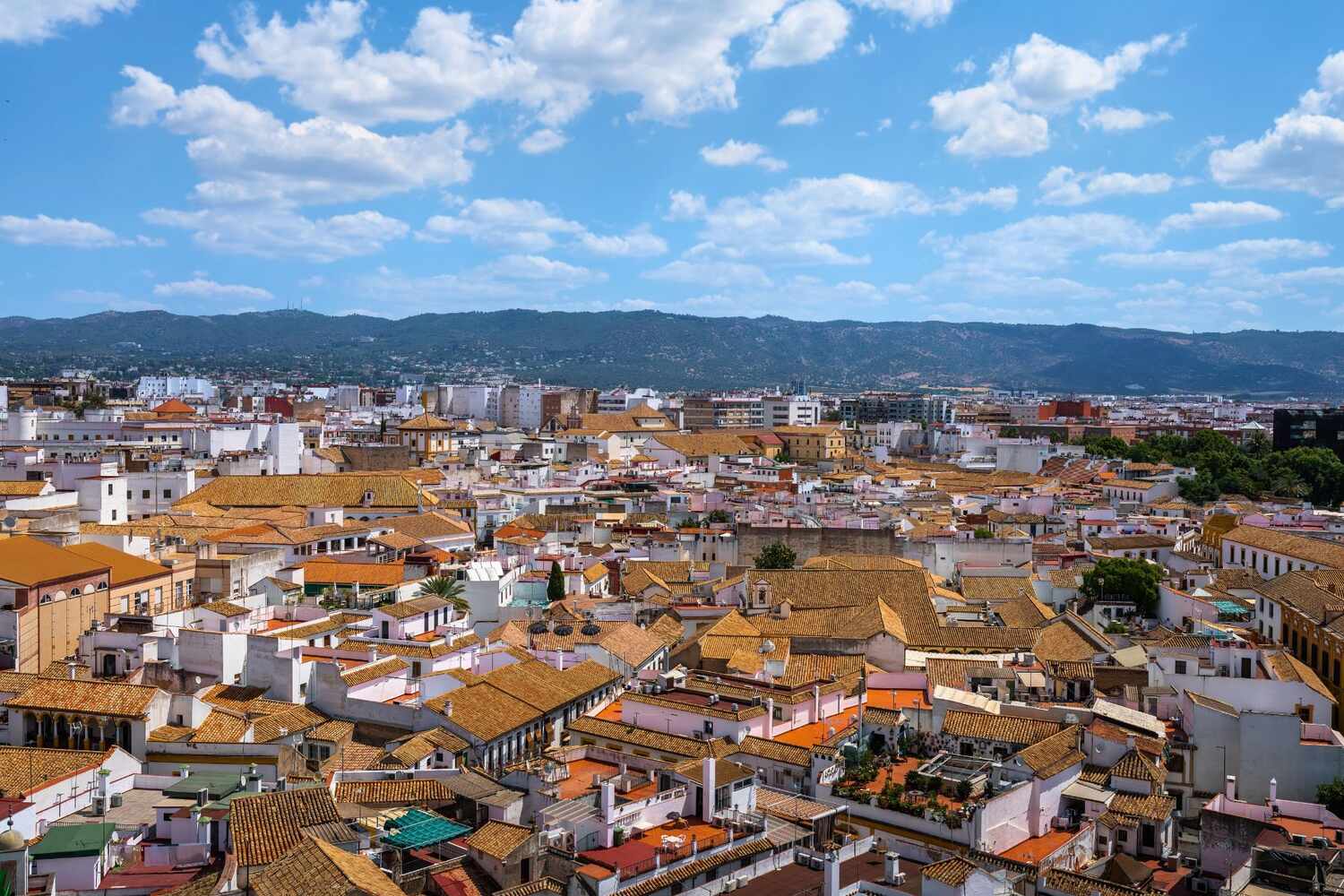
How to Avoid Crowds in Cordoba?
If you hate crowds, go early or late. Most places open around 9 or 10 AM, and getting there first means shorter lines and better photos. Late afternoons can be quieter too, especially when people take a break for siesta.
Weekdays are better than weekends, and if you’re visiting during a holiday, expect bigger crowds. Like we mentioned in this guide, do book your tickets online to skip the wait. If not, visit smaller museums or less touristy spots that we listed above.
Conclusion
You understand, Córdoba is more than just the Mezquita. Staying at least one night means you’ll have time to see the patios, eat local food, and catch a flamenco show without rushing around too much.
Plan ahead, buy tickets early, and take it slow. You’ll leave with great memories, and probably a few extra pounds from all the amazing food! Thanks for reading this guide until the end!

